Bravia 8 XR80 is the only OLED model from Sony released in 2024 that will undoubtedly catch the attention of image quality enthusiasts. The television offers excellent picture quality with the deep blacks, vibrant colours, and infinite contrast characteristic of OLED. This makes every scene incredibly realistic. Thanks to OLED technology, dark scenes look perfect, and the reproduction of blacks as well as bright elements stand out with great detail. This creates an amazing effect – a cinematic experience. While watching sport or dynamic films, we particularly appreciated the smoothness of the image. The 120 Hz panel performs excellently – no issues with motion blur, even in the most dynamic moments. This is a television that truly excels in situations where fast action and distinct details matter. The Google TV system is another strong point of the Bravia 8. The interface is simple, clear, and easy to use. We had no trouble finding all the popular applications, such as Netflix, YouTube, or Prime Video. The USB-C rechargeable remote is a nice addition – it feels good in the hand, and the backlighting proved essential during evening use of the TV. Of course, not everything was perfect. The SDR brightness of 330 nits is a figure that doesn't impress, especially in well-lit rooms. This model does much better in the evenings, in more dimly lit conditions. We also noticed that the colour gradation is slightly worse than in previous Sony models – this is a very strange move considering that Japanese manufacturers were always known for their excellent digital processing. Another limitation is only having two HDMI 2.1 ports (including eARC) – with a larger number of devices, such as two consoles and a soundbar, this becomes a problem. Despite these minor drawbacks, the Bravia 8 XR80 is a great television that is suitable for both everyday use and evening viewing sessions. Excellent picture quality, smooth motion, and an intuitive Google TV system make for a combination that makes a difference. If you’re looking for a decent OLED in 2024, this model is definitely worth considering.
- Matching (Score)
- Our verdict
- TV appearance
- Where to buy
- Contrast and black detail
- HDR effect quality
- Factory color reproduction
- Color reproduction after calibration
- Smoothness of tonal transitions
- Image scaling and smoothness of tonal transitions
- Blur and motion smoothness
- Console compatibility and gaming features
- Input lag
- Compatibility with PC
- Viewing angles
- TV efficiency during daytime
- Details about the matrix
- TV features
- Apps
- Playing files from USB
- Sound
Sony Bravia 8 (XR80) vs LG OLED G5
Direct compare
BRAVIA 8 / XR80
G54 / G51 / G55 / LW / LS

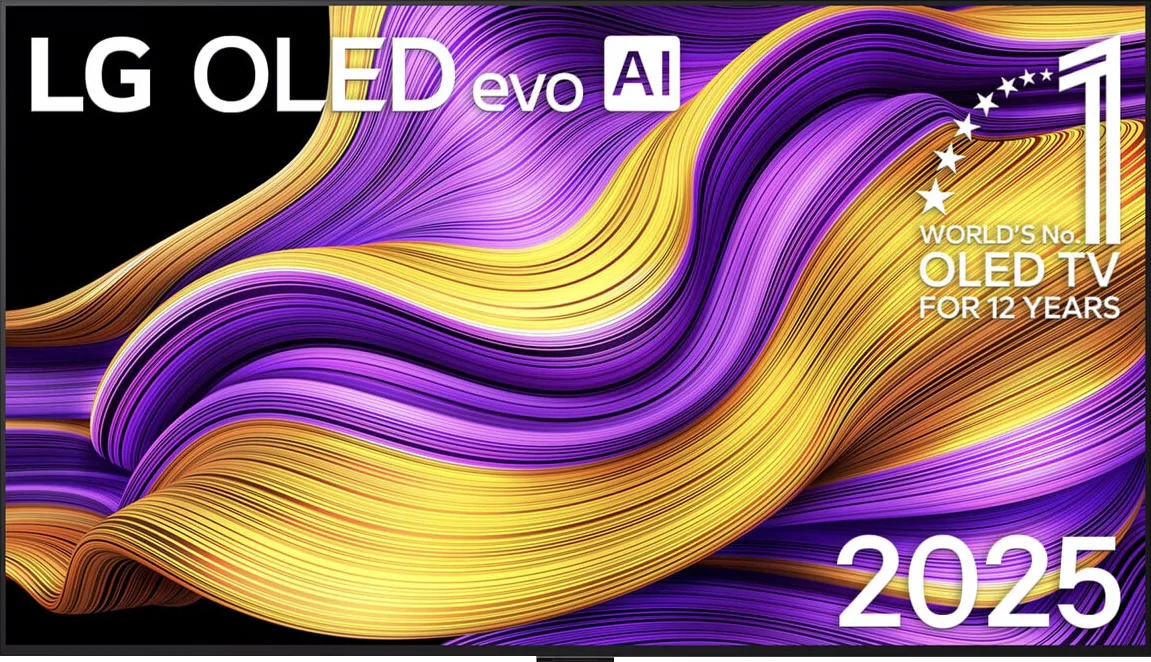
Panel type: WRGB OLED
Resolution: 3840x2160
System: Google TV
Model year: 2024
Complete the survey to find out the result

Panel type: WRGB OLED
Resolution: 3840x2160
System: WebOS
Model year: 2025
Complete the survey to find out the result

Overall rating
7.8
8.9
Movies and series in UHD quality
7.6
9.2
Classic TV, YouTube
8.0
9.2
Sports broadcasts (TV and apps)
8.1
9.0
Gaming on console
8.8
9.6
TV as a computer monitor
7.6
8.8
Watching in bright light
5.6
8.0
Utility functions
9.4
8.5
Apps
9.6
9.1
Sound quality
7.5
8.7
Complete the survey to find out what fits your preferences
Advantages
Exquisite contrast
Google TV – intuitive system, easy access to apps, backlit remote.
Very good motion smoothness – 120 Hz, advanced motion smoothing system.
Excellent support for Dolby Vision
Very good viewing angles
Superb built-in audio system
Amazing black and contrast
Reference colour reproduction after calibration
Very high brightness in HDR content
Excellent compatibility with consoles and computers
Great motion smoothness - OLED panel 165Hz
Many features for gamers: VRR, ALLM, HGIG, low input lag
Great WebOS operating system with many applications
Superb control with the Magic remote featuring a "cursor" function
Disadvantages
Poor gradation – visible transitions on dark and light colours
Brightness during the day – better for night-time viewing than for use in daylight
Only 2 HDMI 2.1 ports - including one ARC.
No support for DTS audio format
Inferior (though still good) viewing angles compared to the predecessor G4
Different remote versions in derivative models – hard to predict which version we will get
Our verdict
LG G5 is a television that not only continues but also expands on what we loved about the previous models in the G series. Instead of following the conventional path, LG opted for a new Tandem OLED panel – and it hit the mark. Picture brightness? Simply, F E N O M E N A L. HDR effect? Close to reference. Colours after calibration? Nearly perfect. Motion smoothness, low latency, and features for gamers? At absolutely top-notch level. The G5 performs well in both movies and games, day and night, with a decoder, console, PC, or even just the remote. Of course – it’s not a product without flaws. It's a shame there’s no support for DTS, viewing angles have worsened compared to its predecessor, and the remote may vary depending on the version. But when we look at the overall picture, it's hard not to get the impression that this is one of the best OLED televisions available on the market, and perhaps even the best. Definitely, when it comes to its versatility and picture quality without the need to resort to extremely expensive models from competitors. If you're looking for a television for everything – for cinema, gaming, a bright lounge, streaming internet content, or connecting a computer – the LG G5 is gear that simply delivers on every front without compromise.
TV appearance




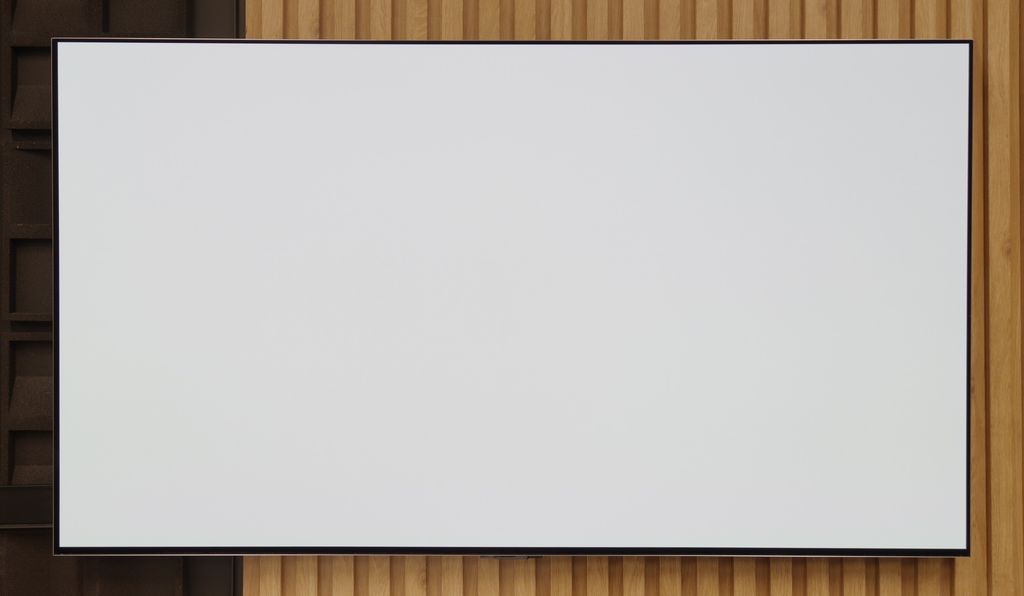
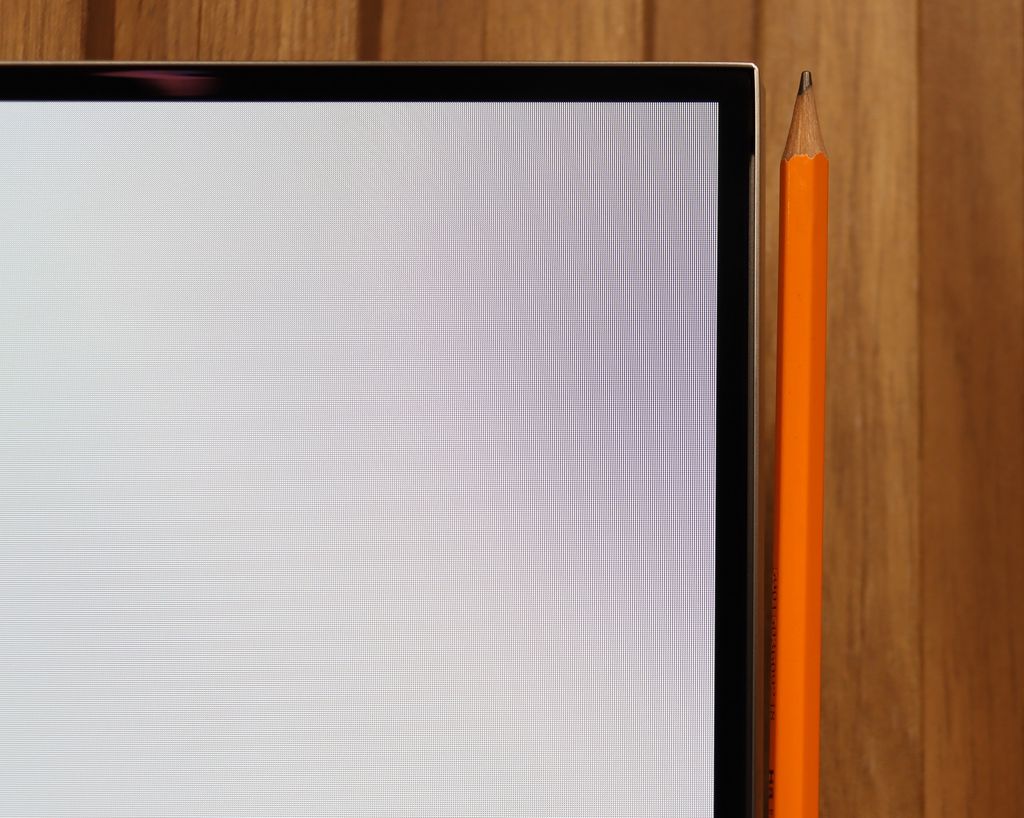
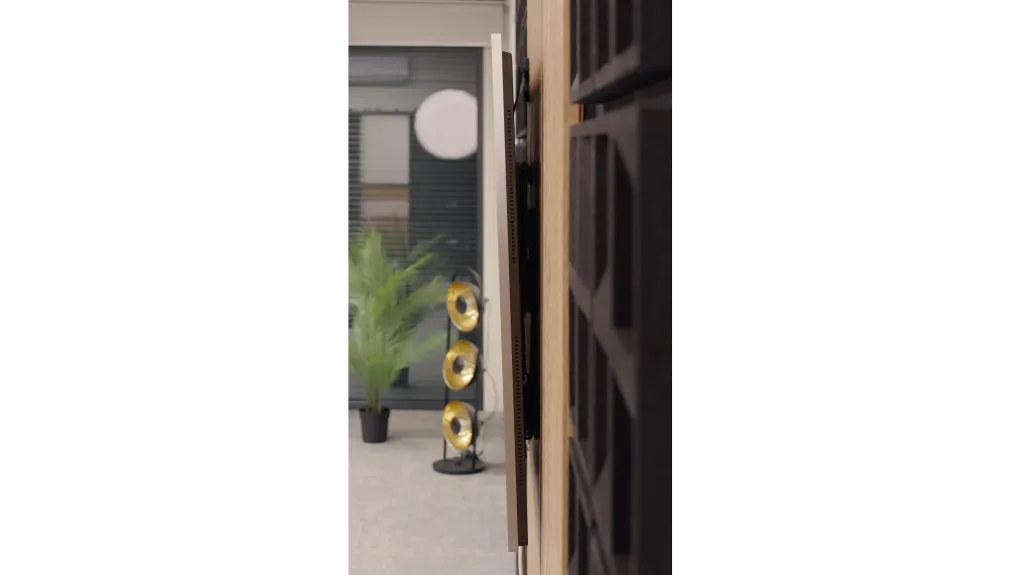
Contrast and black detail
10/10
10/10
Contrast:

Result
∞:1

Result
∞:1

Result
∞:1

Result
∞:1

Result
∞:1

Result
∞:1

Result
∞:1

Result
∞:1

Result
∞:1

Result
∞:1
Halo effect and black detail visibility:

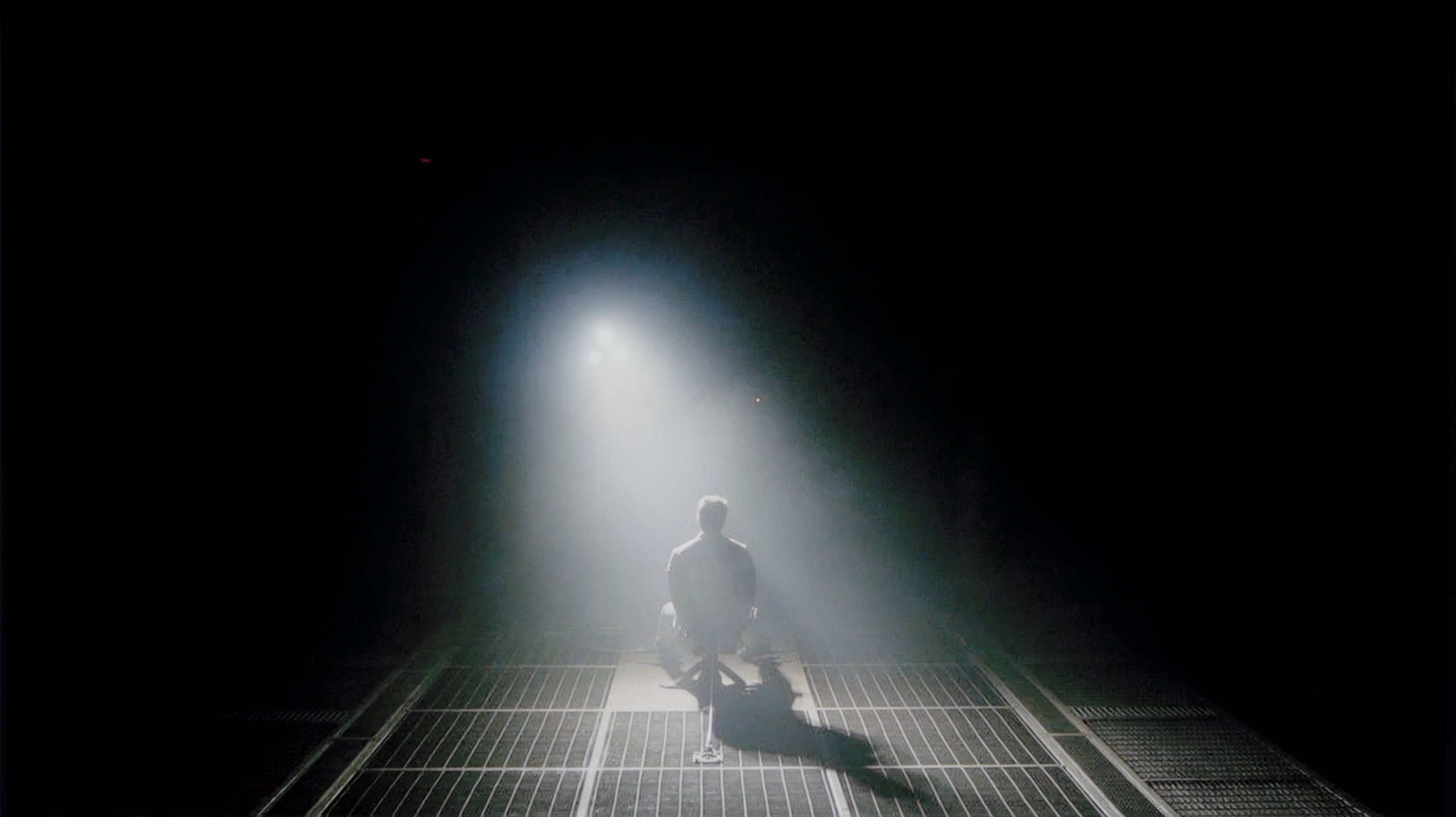
The Sony Bravia 8 television, equipped with an OLED panel, offers exceptional black and contrast quality. Thanks to OLED technology, each pixel emits its own light, providing perfect black depth and precision in light reproduction. On the tested scenes, such as those from the movie Oblivion and Sicario 2, the television achieves ideal light separation, resulting in a highly detailed and realistic image, even in challenging contrast conditions. The Sony Bravia 8 truly stands out from other models in this category.
LG G5, as expected from an OLED television, impresses with its contrast and black levels. In scenes with a lot of dark areas, the screen presents itself almost perfectly, offering deep, absolute black and infinite contrast – an effect that still cannot be achieved on any LCD television. The new Tandem OLED matrix does not introduce any negative changes compared to previous generations – blacks are perfect regardless of the content. Watching scenes from movies like The Revenant or Oblivion, the excellent separation of lights is clearly visible, without blooming or lightening of dark parts. In this category, LG G5 deserves the highest rating.
HDR effect quality
6.8/10
9.1/10
Luminance measurements in HDR:

Result
849 nit

Result
865 nit

Result
888 nit

Result
880 nit

Result
469 nit

Result
2346 nit

Result
2353 nit

Result
2399 nit

Result
2353 nit

Result
2012 nit
Scene from the movie “Pan” (about 2800 nits)


Scene from the movie “Billy Lynn” (about 1100 nits)


Static HDR10


Dynamic: Dolby Vision
Dynamic: Dolby Vision


HDR luminance chart:
LG OLED G5
HDR luminance
Luminance of RGB colors
Sony Bravia 8 (XR80)
HDR luminance
Luminance of RGB colors
Sony Bravia 8 performs reasonably well in terms of HDR brightness. A maximum brightness level of 880 nits is satisfactory and allows for well-rendered lighting effects in most scenes. In the tested segments of the films Life of Pi and Sicario 2, the TV presents itself quite well, offering vibrant and detailed images that fully capture the atmosphere of these productions.
However, a greater challenge arises in a scene from the film The Meg, where the screen is entirely very bright. In such situations, the limitations of OLED technology become apparent, as the TV loses brightness, dropping to around 450 nits. Such a drop is less satisfying, especially when the entire scene requires intense lighting. Despite these limitations, Sony Bravia 8 remains a competitive model, offering excellent coverage of the DCI-P3 colour gamut and 74% coverage of the BT.2020 standard. This results in rich colours and precise details, significantly enhancing the quality of HDR content viewing and making for a pleasurable experience.
LG G5 with its new Tandem OLED panel brings the biggest change in terms of TV brightness. And it’s substantial. This is a truly astronomically bright OLED. In every scene tested – whether it's point lights or full-screen whites from the movie The Meg – brightness on the G5 exceeded 2000 nits. Just a year ago, such values on an OLED were simply unimaginable. And here we are – the G5 is approaching, and at times even surpassing, the best Mini-LEDs on the market. A novelty in the Tandem OLED panel is also the expanded colour gamut coverage – and here the LG G5 performs almost perfectly. DCI-P3 achieves a full 100%, while BT.2020 hovers around 83%. These are some of the highest values currently available on the market – it's hard to find any other TV that comes close to such results, unless we're talking about the best displays with QD-OLED panels. The G5 has almost reference-level HDR quality – both in terms of brightness and colour saturation. This is an OLED that can truly shine – and not just metaphorically.
Factory color reproduction
7.2/10
7.8/10


Factory Mode
After calibration
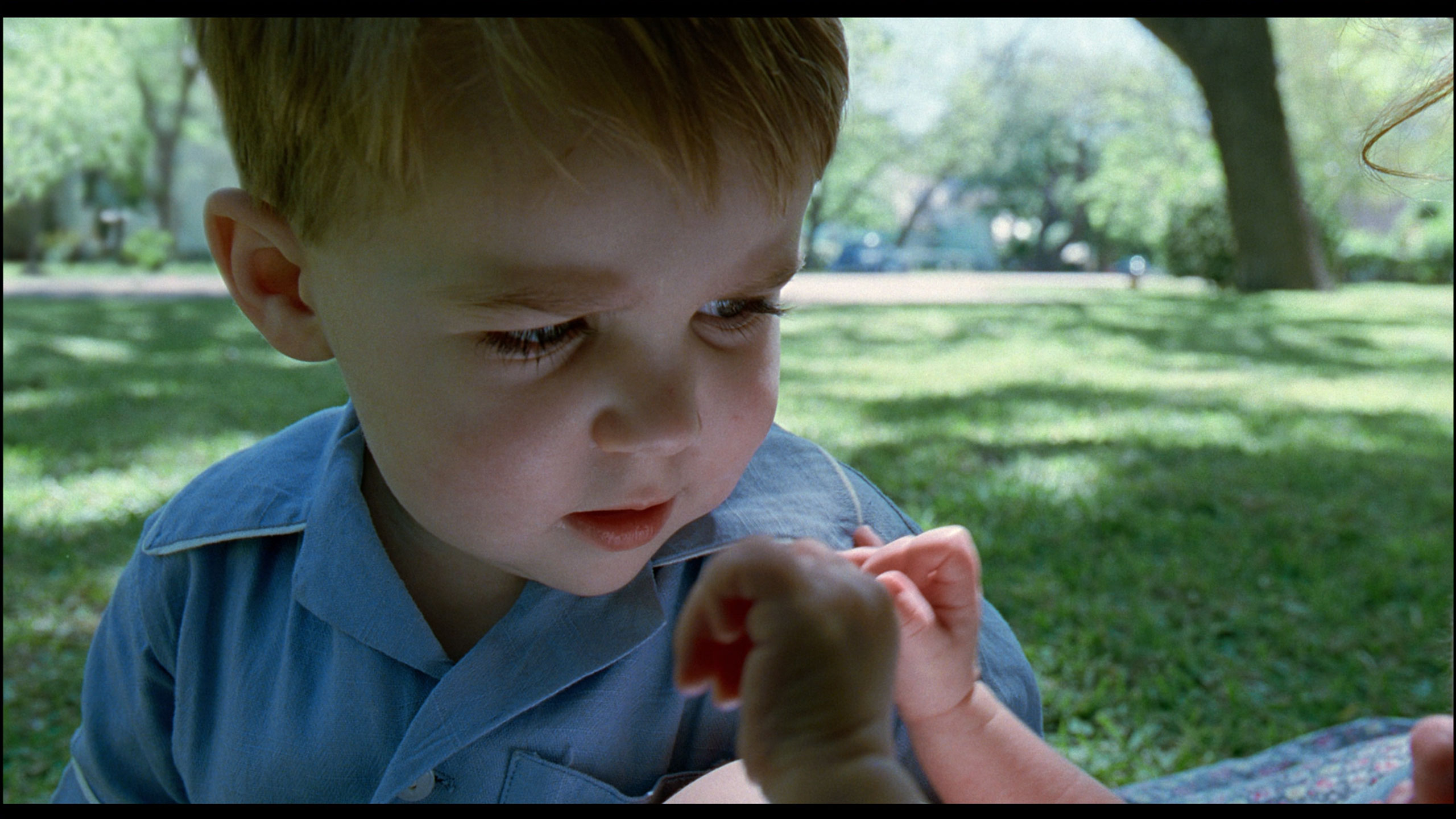
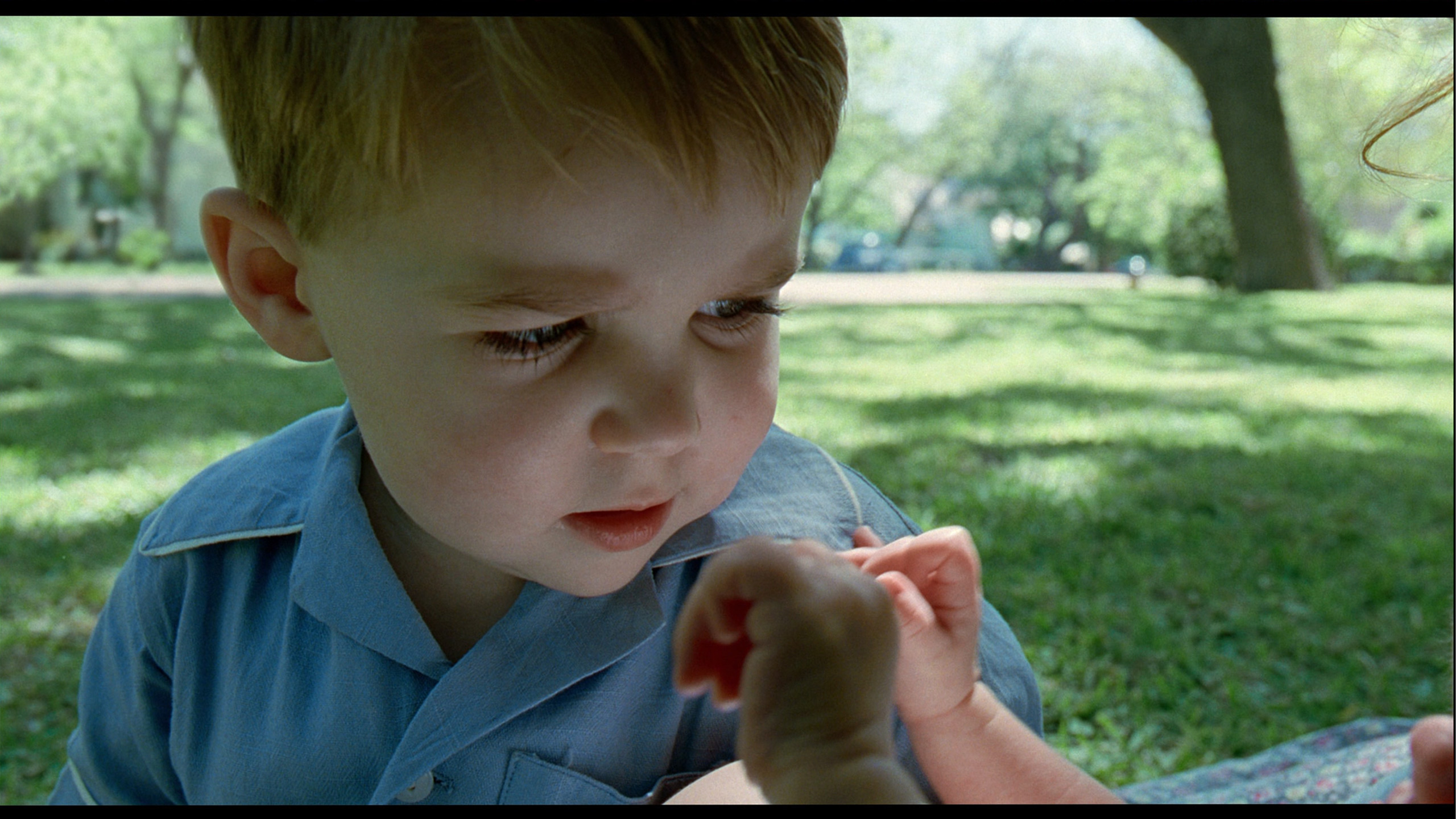
Factory Mode
After calibration
The best factory mode available on the Sony Bravia 8 television is IMAX Enhanced, which provides the most cinematic experience, although it is not set up perfectly. The TV tries to replicate cinema settings as faithfully as possible, however, certain shortcomings are noticeable. Starting with white balance, both for SDR materials and 4K, there is a clear dominance of blue. This makes the picture appear too cold, taking away its naturalness. Tests using Colour Checker show that colours shift towards cooler shades, which may lead to less accurate colour reproduction and makes the image less realistic.
As for brightness and contrast characteristics, gamma shows a significant drop at the end of the graph. This means that dark details may be too dim, while bright elements are too bright, causing them to lose subtlety and become less visible. As can be seen in the sky - in the comparison photo. Meanwhile, the EOTF curve is significantly above the reference value, causing the bright elements of the image to be too intense. As a result, users may perceive the image as unnatural, and bright areas may lose detail, negatively impacting the overall viewing quality.
Our test unit LG G5 had some issues in the factory Filmmaker mode. While the picture might have seemed fine to most people, we knew this TV could do much more. This mode had a noticeable excess of blue tint in the white balance, resulting in a strongly cooled image – especially in HDR modes, where there was additionally a lack of red. The image appeared cold, and its sharpness was artificially boosted and unnatural. Another significant problem was the brightness characteristics. In SDR content, the situation wasn't the worst, aside from a slight dimming of the entire image. However, it fared much worse in HDR materials – due to improper brightness management, the smallest details could completely disappear from the image, while larger, bright elements looked overexposed and lacking in gradation. Fortunately, the G5 supports calibration using 3D LUT (a professional tool for colour calibration), so we decided to take advantage of its professional capabilities and see what it was really capable of. Because while it wasn't terrible even before calibration, the potential of this TV definitely deserved more.
Color reproduction after calibration
8.2/10
9.8/10



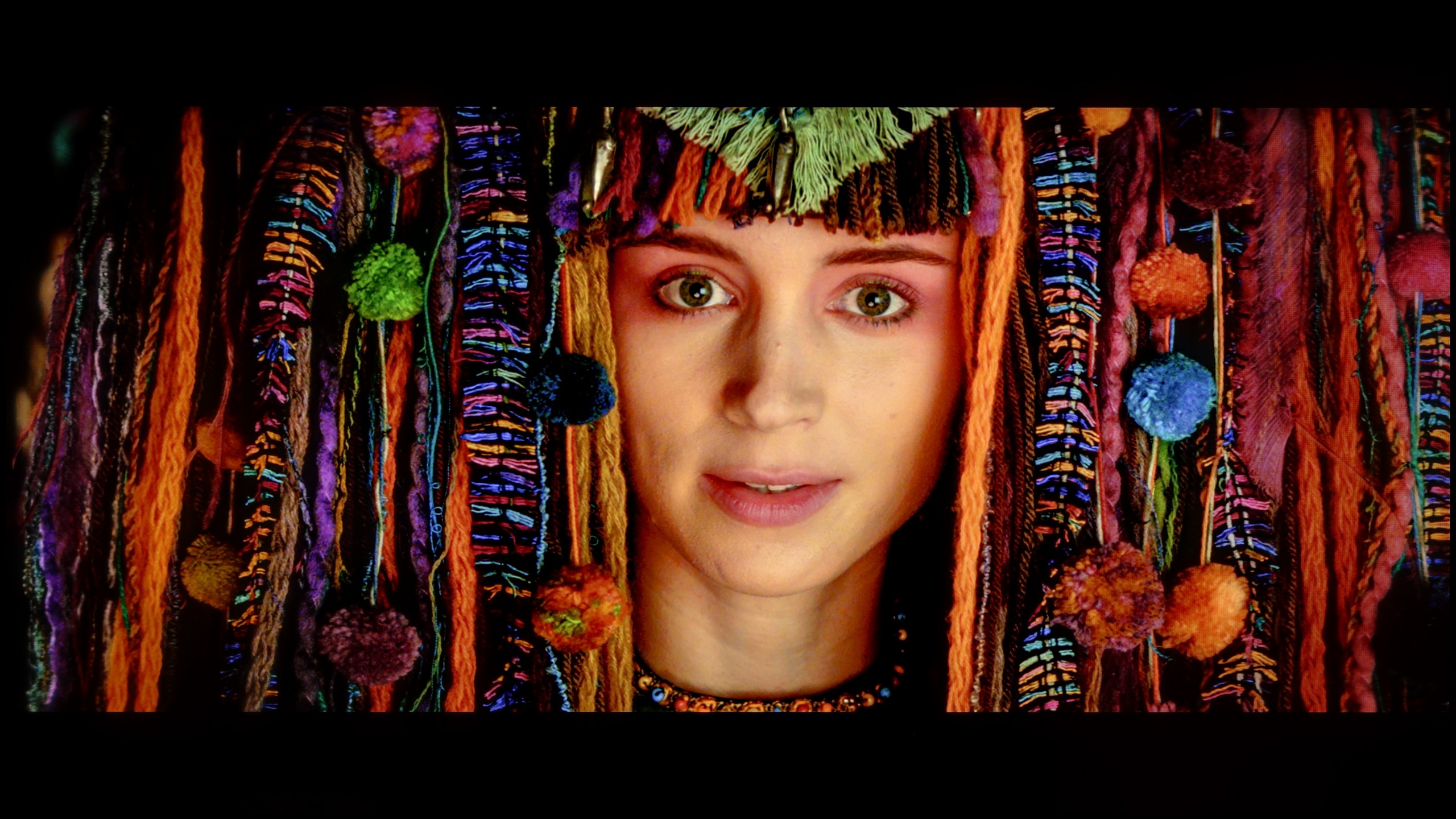
The calibration process of the Sony Bravia 8 television has brought significant improvements in image quality. The white balance has been distinctly enhanced, both for SDR content and 4K HDR, with minimal errors in the middle section of the graph. Gamma proved to be one of the biggest beneficiaries of the calibration – it has been completely stripped of previous drops, which significantly affected brightness stability and better detail reproduction in dark parts of the image. The EOTF curve has also been levelled out, making bright elements of the image appear more natural, and the overall tonal dynamics are now more balanced.
However, the most attention should be paid to colour reproduction, where despite the calibration, there are still some issues. Sony has omitted the use of a CMS system in this model, which allows for very precise control over colours. Consequently, the Colour Checker test for 4K materials still shows significant errors in colour samples. Despite these difficulties, we recommend carrying out the calibration, as the effects are noticeable and significantly enhance image quality, especially in terms of brightness and contrast.
After completing the calibration process with professional tools, we can confidently state this – the LG G5 offers almost reference-quality image. Most of the errors related to white balance and the ColorChecker test are below a value of 2, which is a phenomenal result, practically imperceptible to the human eye. And while one could still nitpick that in HDR films the TV still has a tendency to slightly dim the smallest elements of the image, in practice this does not negatively affect the overall reception. Hats off to LG, as once again they provide users with enormous display settings options – and this, combined with very good parameters of the panel itself, results in an image that is truly hard to beat.
Smoothness of tonal transitions
5/10
8.5/10







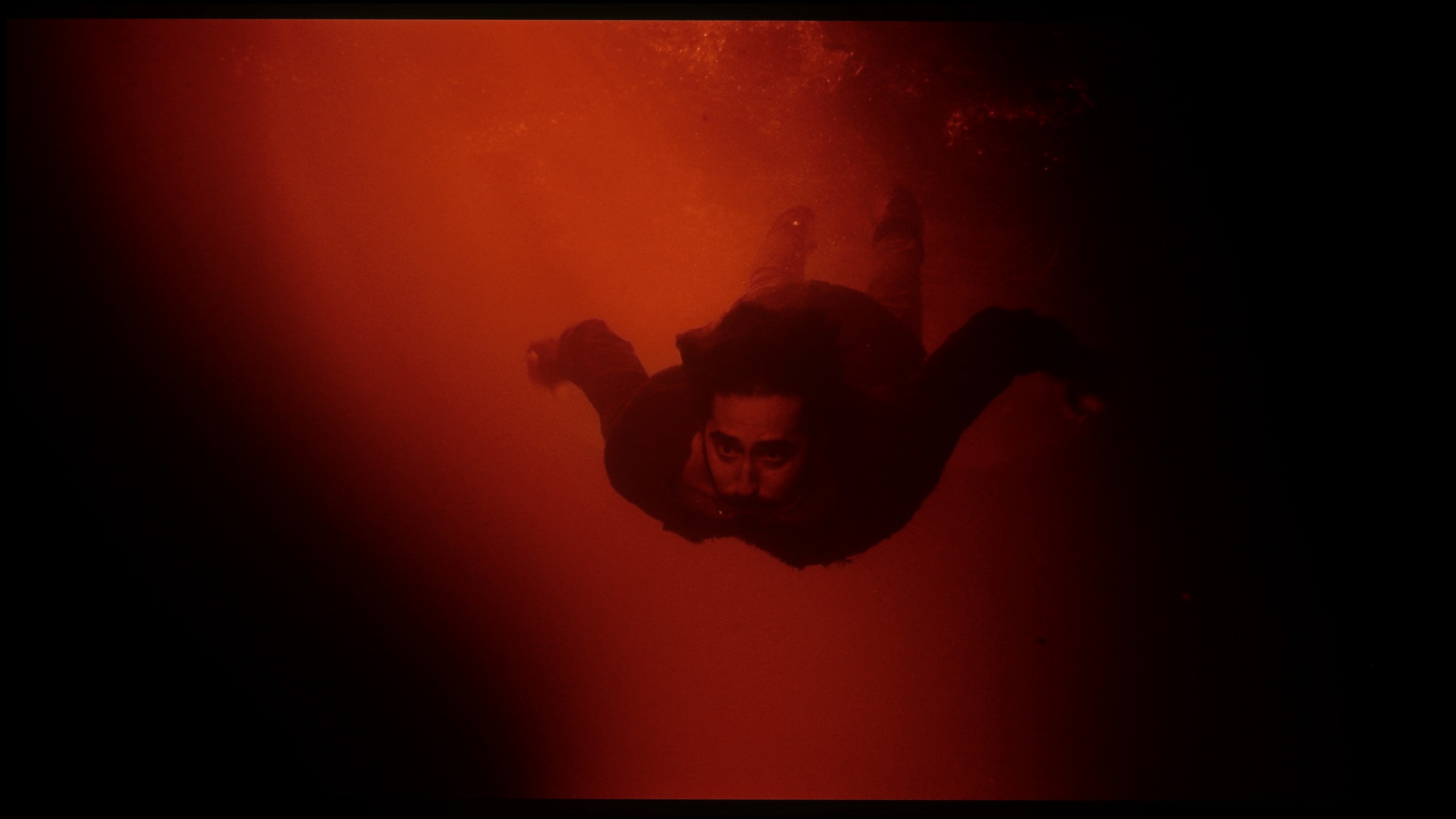




The gradation in 4K materials is simply poor and clearly disappointing. There are noticeable seams in both dark and light colours, which affects the image quality and reduces overall satisfaction when watching high-definition content. Something that has always been a strong point of Sony processors is clearly failing this time.
The fluidity of tonal transitions in the LG G5 is a clear step forward compared to last year's model. Not only has brightness improved, but also the way colours blend, which the G4 sometimes struggled with. In the vast majority of scenes, the G5 has no issues with tonal transitions – there’s no typical banding associated with WOLED technology nor any ugly breaks between colours. Of course, in very dark areas of the image and with shades of grey, small imperfections can still be noticed, but these are things that the average viewer wouldn't even register. In short – it's really good.
Image scaling and smoothness of tonal transitions
6.1/10
8.7/10
Smooth transition function

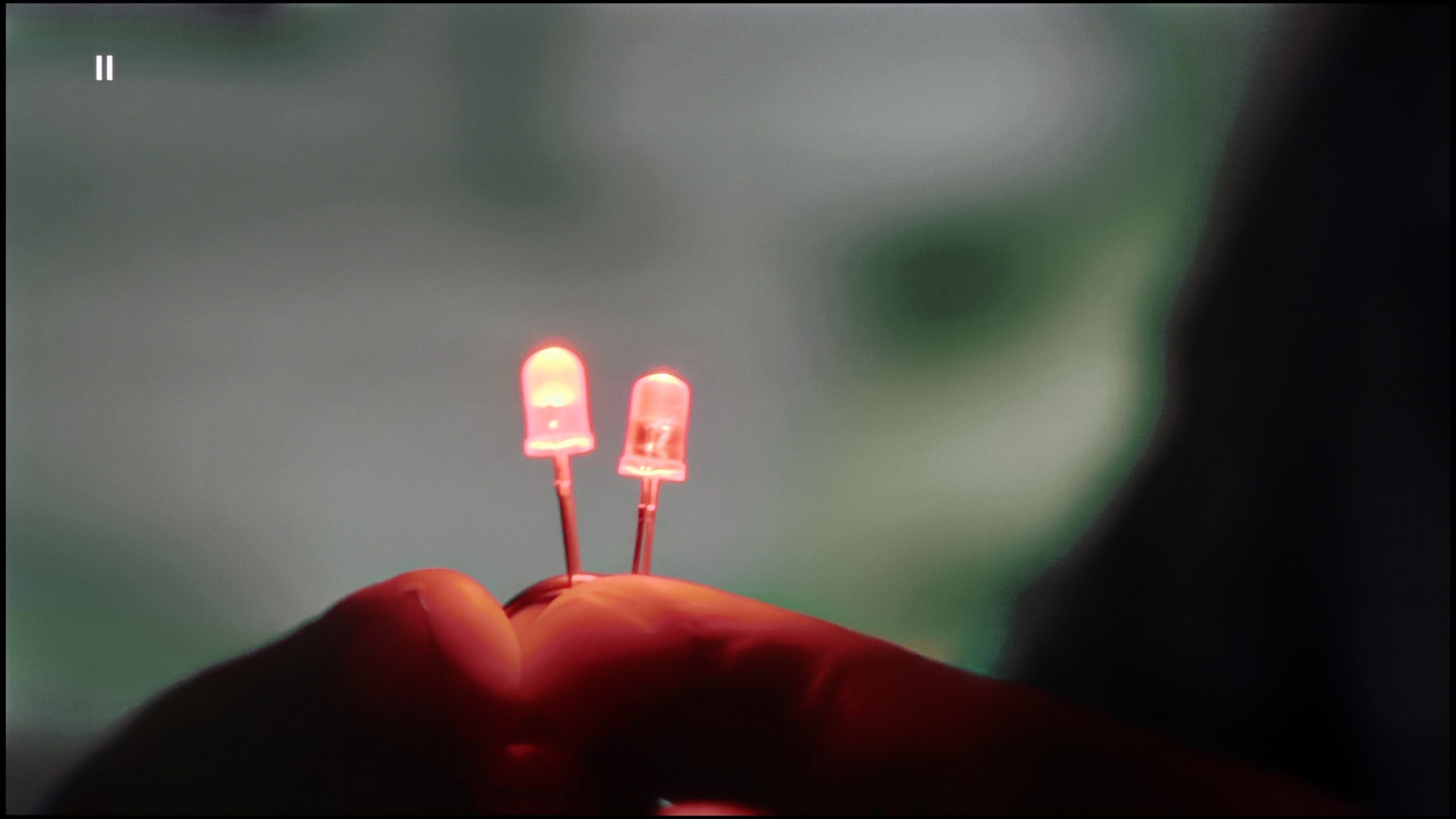
Image without overscan on the SD signal


The fluidity of tonal transitions in low-quality materials on the ChooseTV 8 is lacking. Unfortunately, the gentle gradation feature (which was available in previous models) is missing, which is a significant downside. The digital noise reduction function can improve tonal transitions quite well, but it also tends to remove some details, such as clouds in scenes from the film The Martian, which may not appeal to everyone. When it comes to digital processing, the Sony XR80 TV performs quite well. The model in the test scenes is displayed without noticeable errors, and the branches in the background are not overly jagged. This shows that ChooseTV 8 is capable of processing complex image details at low resolution well.
Upscaling and digital image processing in the LG G5 performs very well. The television handles lower quality content excellently, especially when the "Smooth Gradation" feature is set to a low level. In this mode, it effectively removes undesirable artifacts and issues with visible tonal transitions. It may also slightly smooth out some desirable details, like the subtle texture of clothing or skin, but importantly – it does not remove film grain, so it's hard to talk about a serious compromise here. This is one of those options that is actually worth turning on.
The G5 also does well with upscaling, which is improving the quality of older materials. The test image with the model looked really solid – slight jaggedness was visible, but that's an effect that can't be completely avoided. On the plus side, there were no overscan issues, which – contrary to appearances – is not obvious, even in 2025.
Blur and motion smoothness
8.5/10
9/10

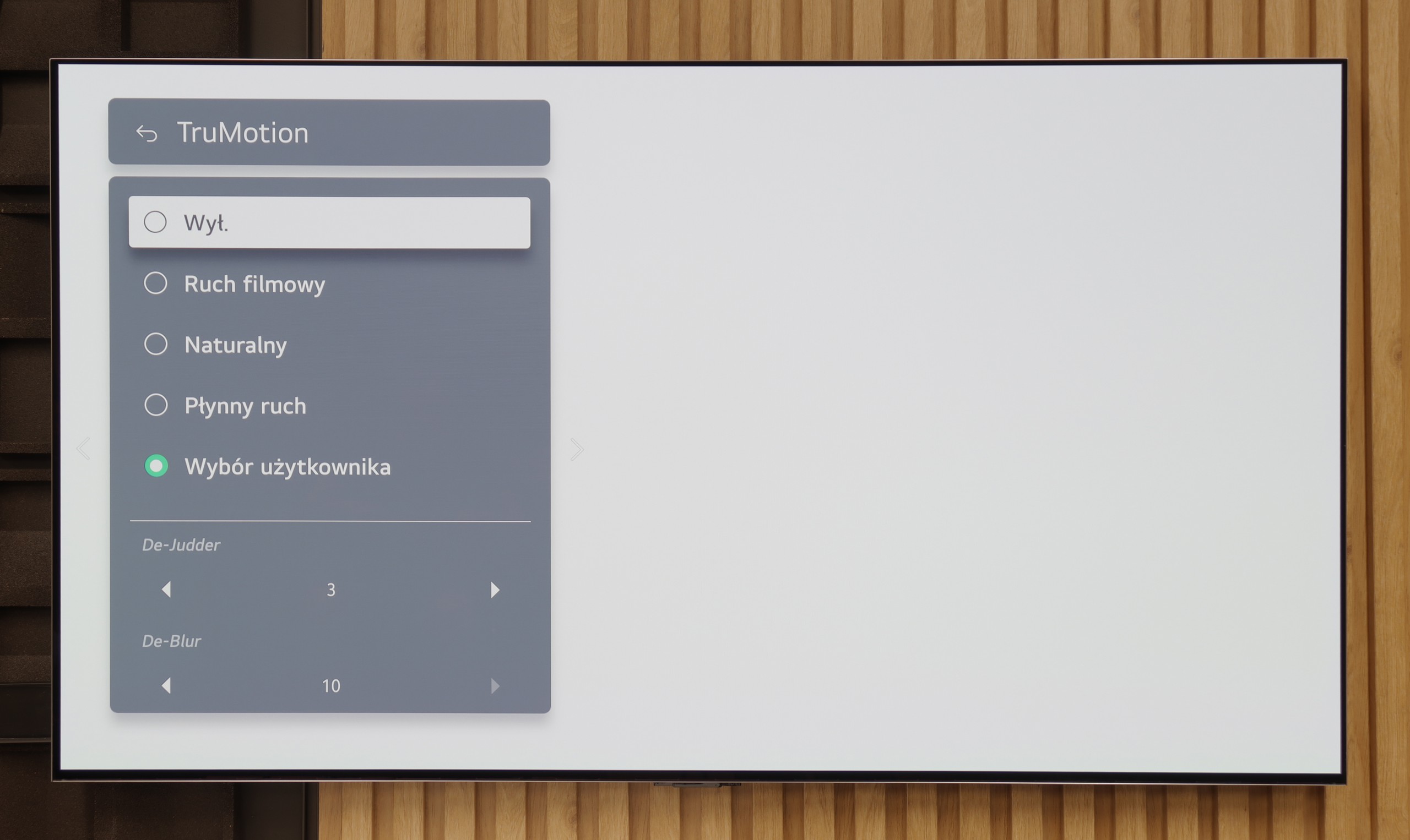
Blur (native resolution, maximum refresh rate):



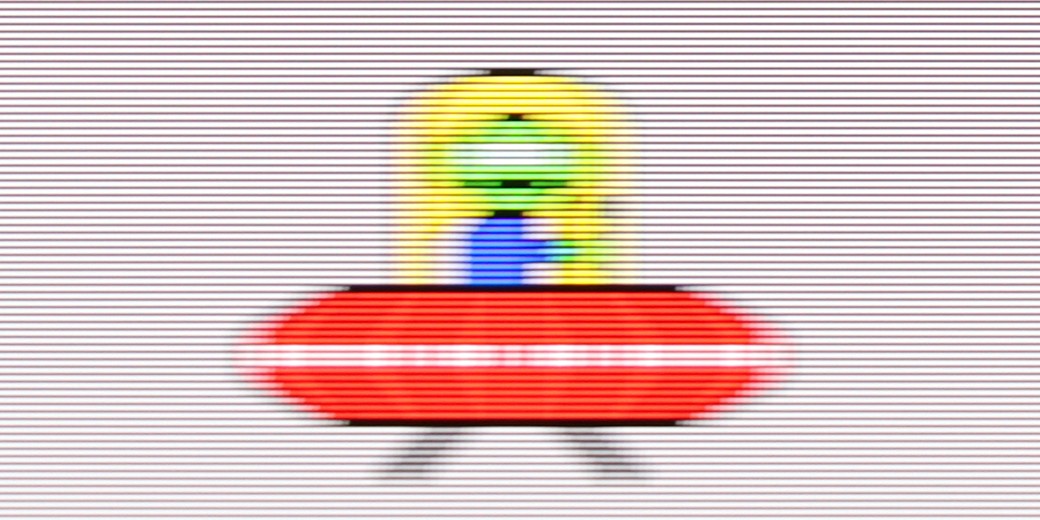
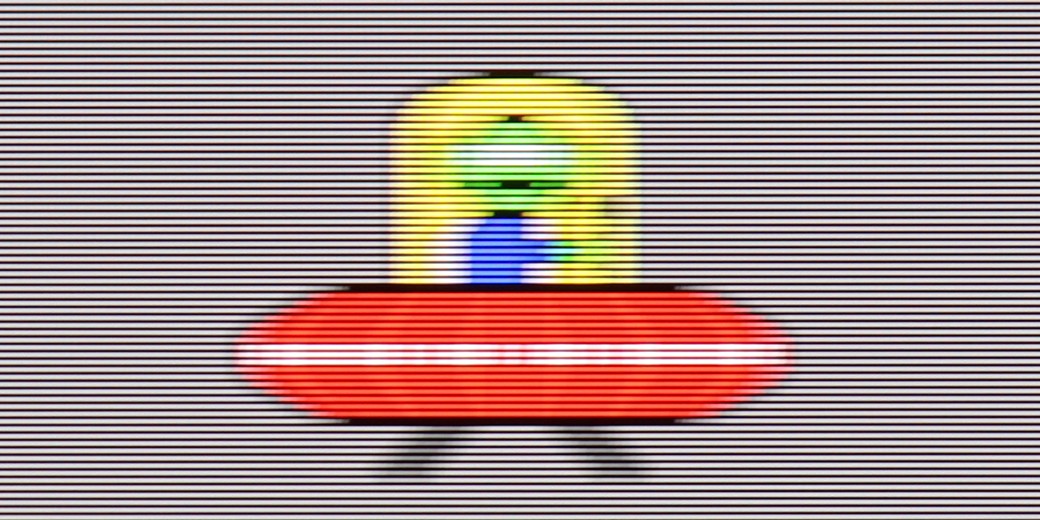
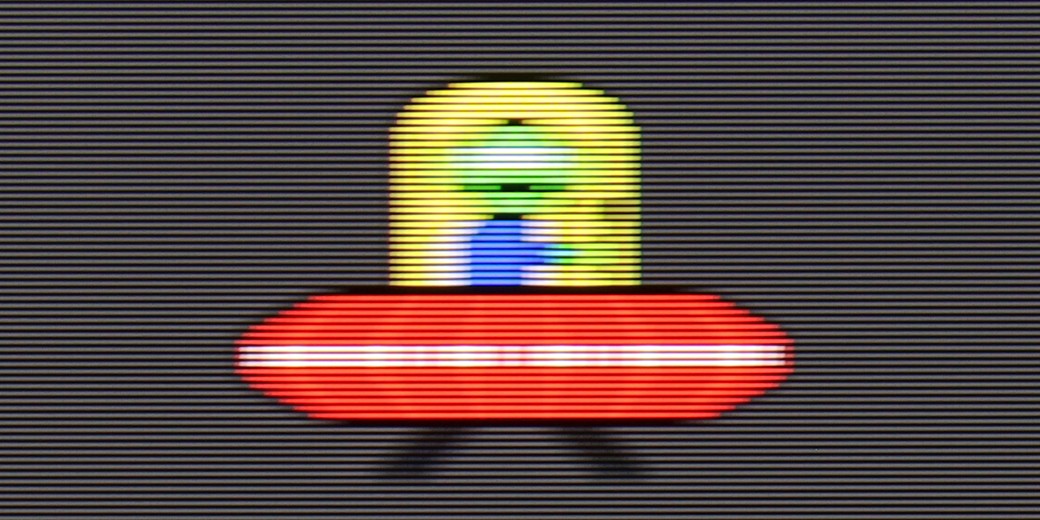
Blur (BFI function enabled):
Image flickers in this mode



Image flickers in this mode
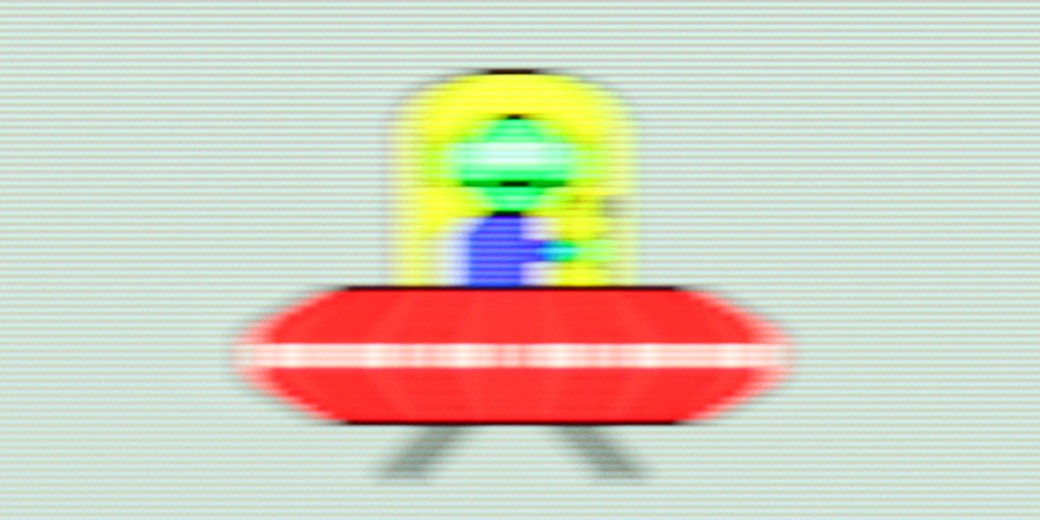
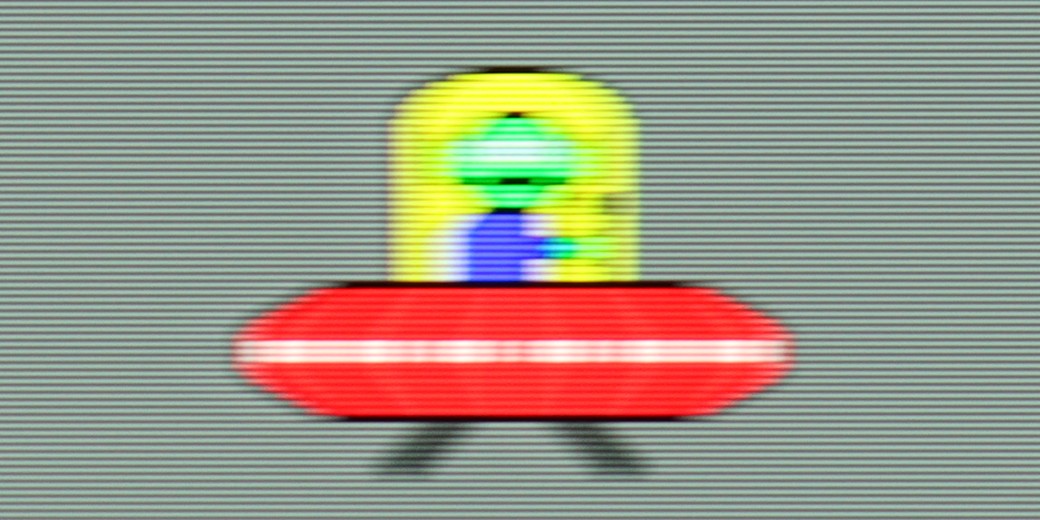
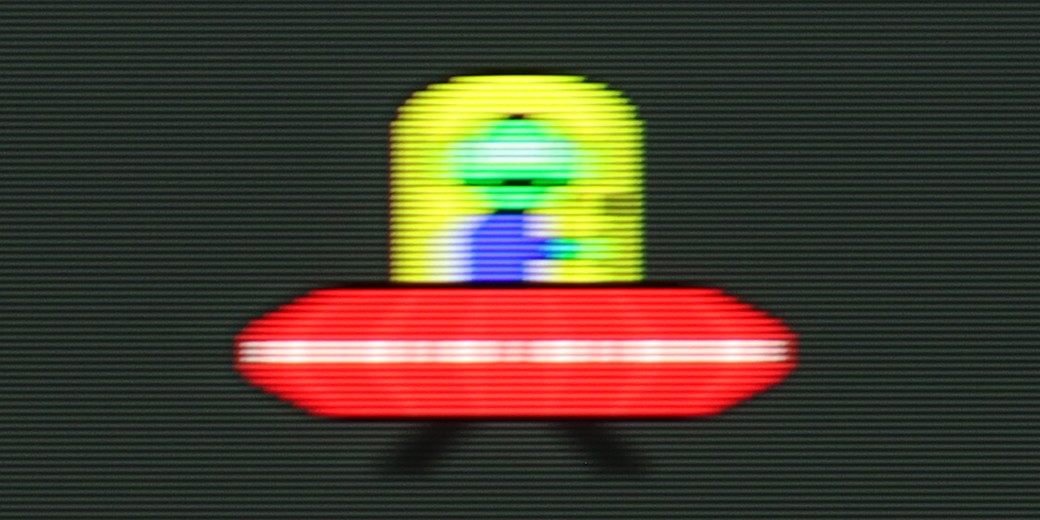
Smużenie ():
Smużenie (4K 165Hz):

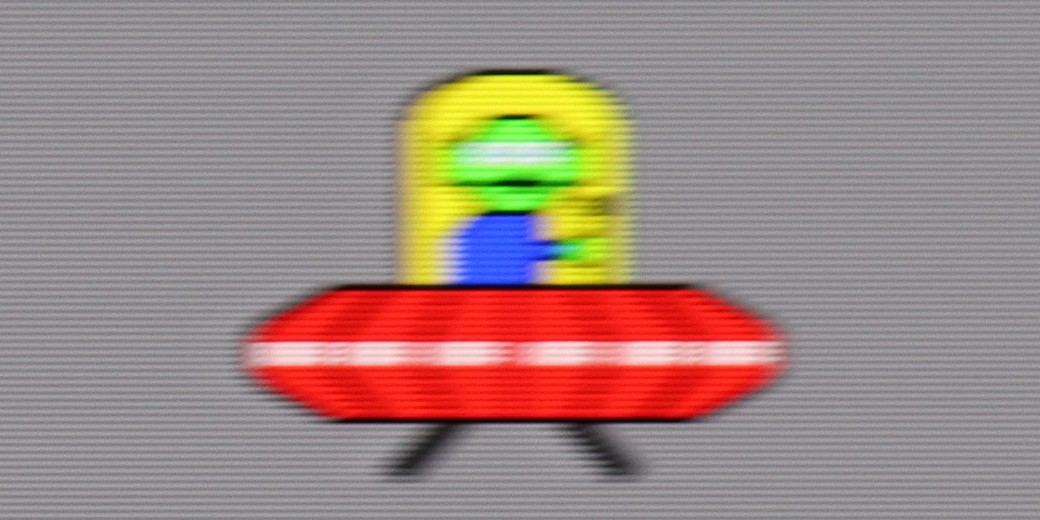
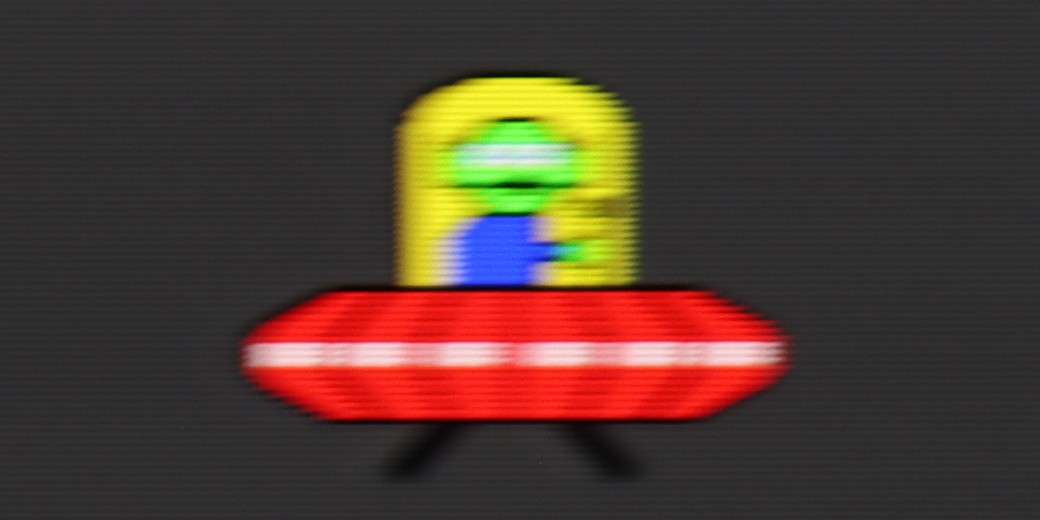
Sony Bravia 8 offers a maximum refresh rate of 120 Hz, which lays the groundwork for smooth viewing of dynamic content such as sports and games. As a result, movements are sharp and fluid. For more demanding users, the Sony XR80 television is equipped with an advanced motion smoothing system, which is divided into three segments: Smoothness (Film), Smoothness (Camera), and Clarity. The first two are responsible for adjusting the level of blur and smoothing of the image. The third option, concerning clarity, will be described in more detail below. Each of the parameters can be tailored to personal preferences, allowing users to find the optimal setting suited to their individual needs.
The motion smoothness on the LG G5 is simply phenomenal. The television is equipped with a panel featuring a 165 Hz refresh rate, and this combined with the instantaneous response time of the OLED matrix delivers incredible results. The image doesn’t judder or blur like on traditional LCD televisions. Like most LG models, the G5 comes with a motion smoother, which can be handy when watching movies – we’re talking about the TruMotion mode, of course. With the “De-Blur” and “De-Judder” sliders, we can adjust the smoothness of older materials according to our own preferences, whether we want to maintain the characteristic film jitter or lean towards a more fluid, television-like effect.
Console compatibility and gaming features
8.1/10
10/10
- ALLM
- VRR
- VRR range48 - 120Hz40 - 165Hz
- Dolby Vision Game Mode
- Correct implementation of HGIG
- 1080p@120Hz
- 1440p@120Hz
- 4K@120Hz
- Game bar

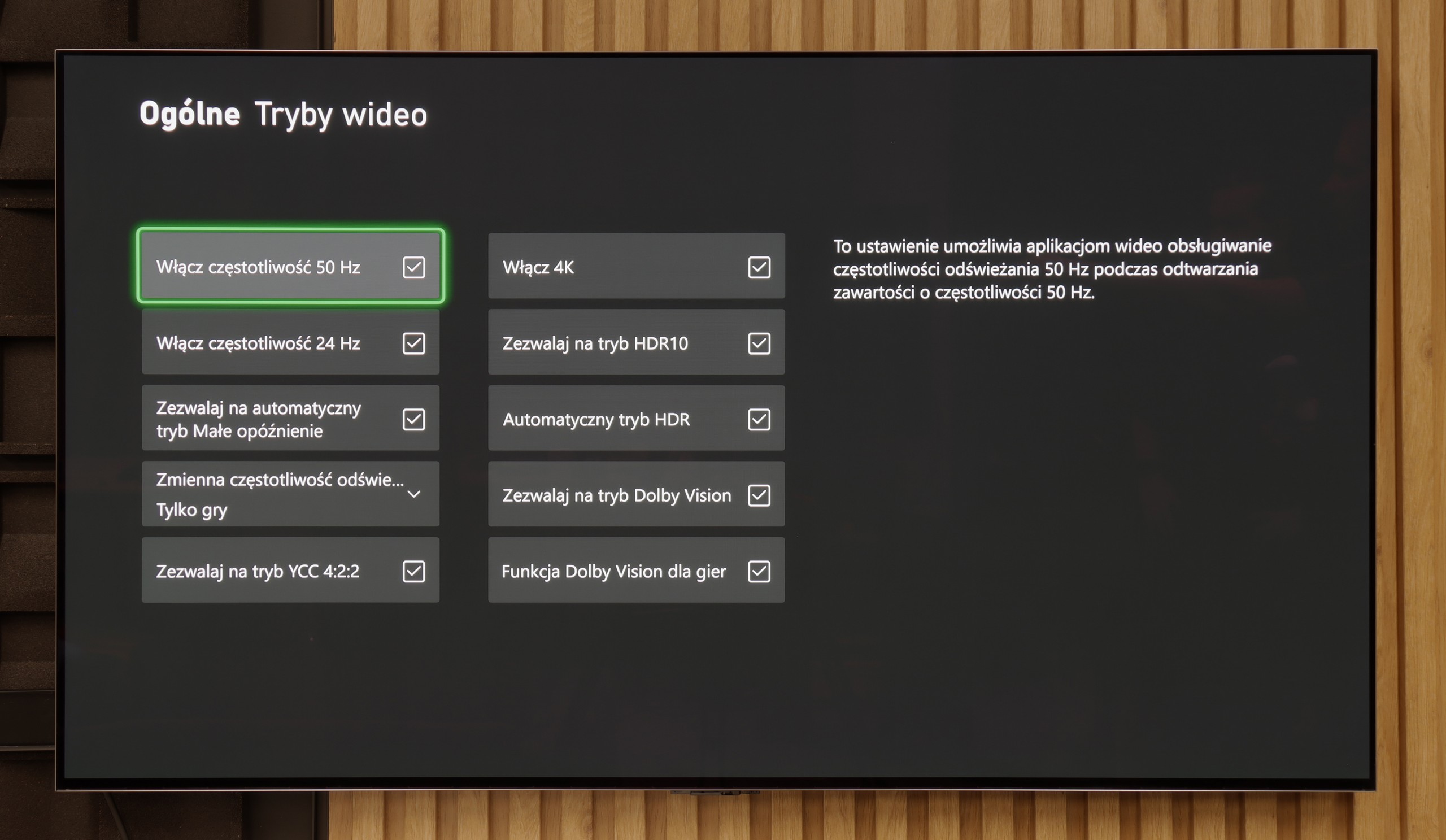

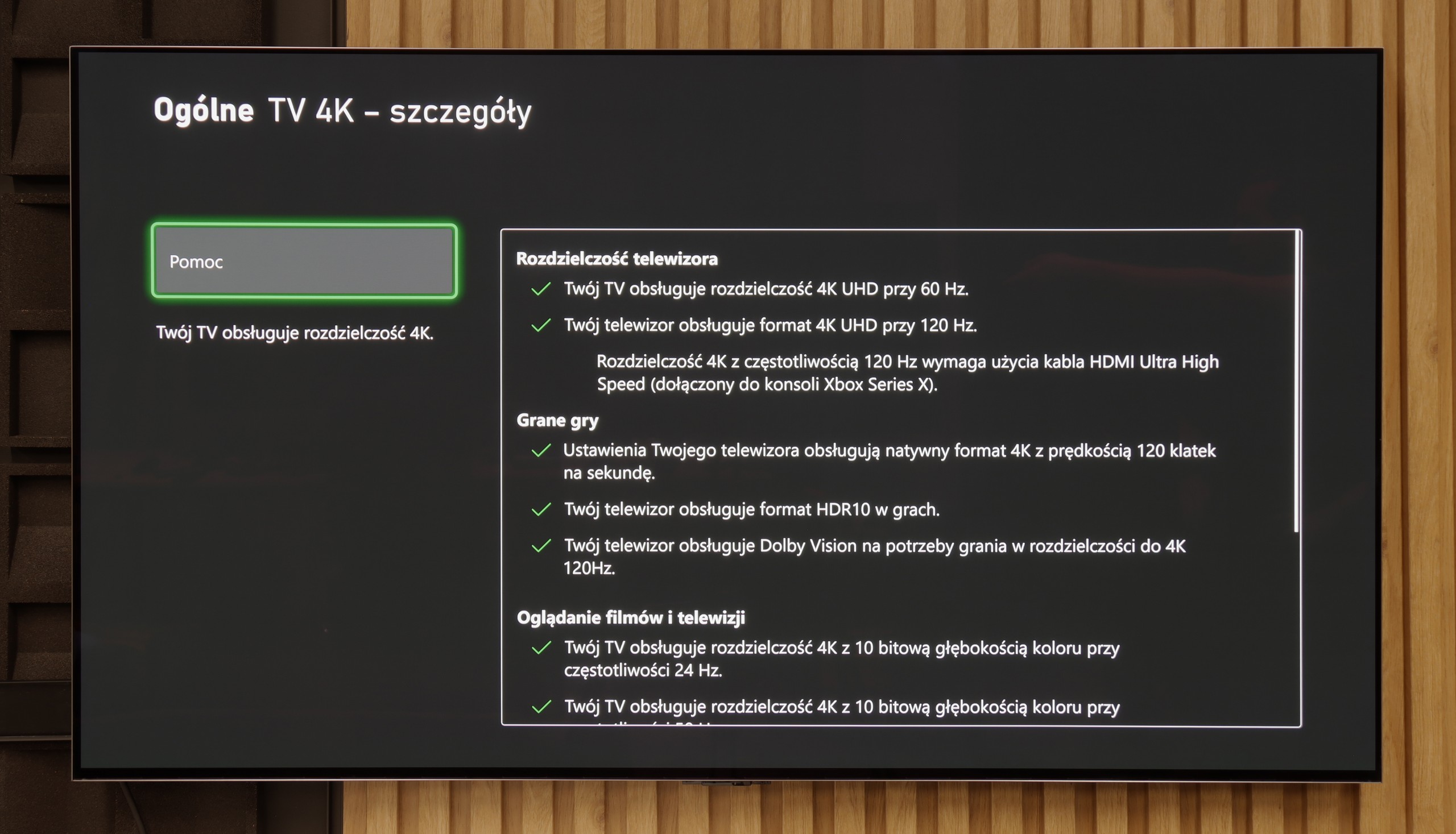

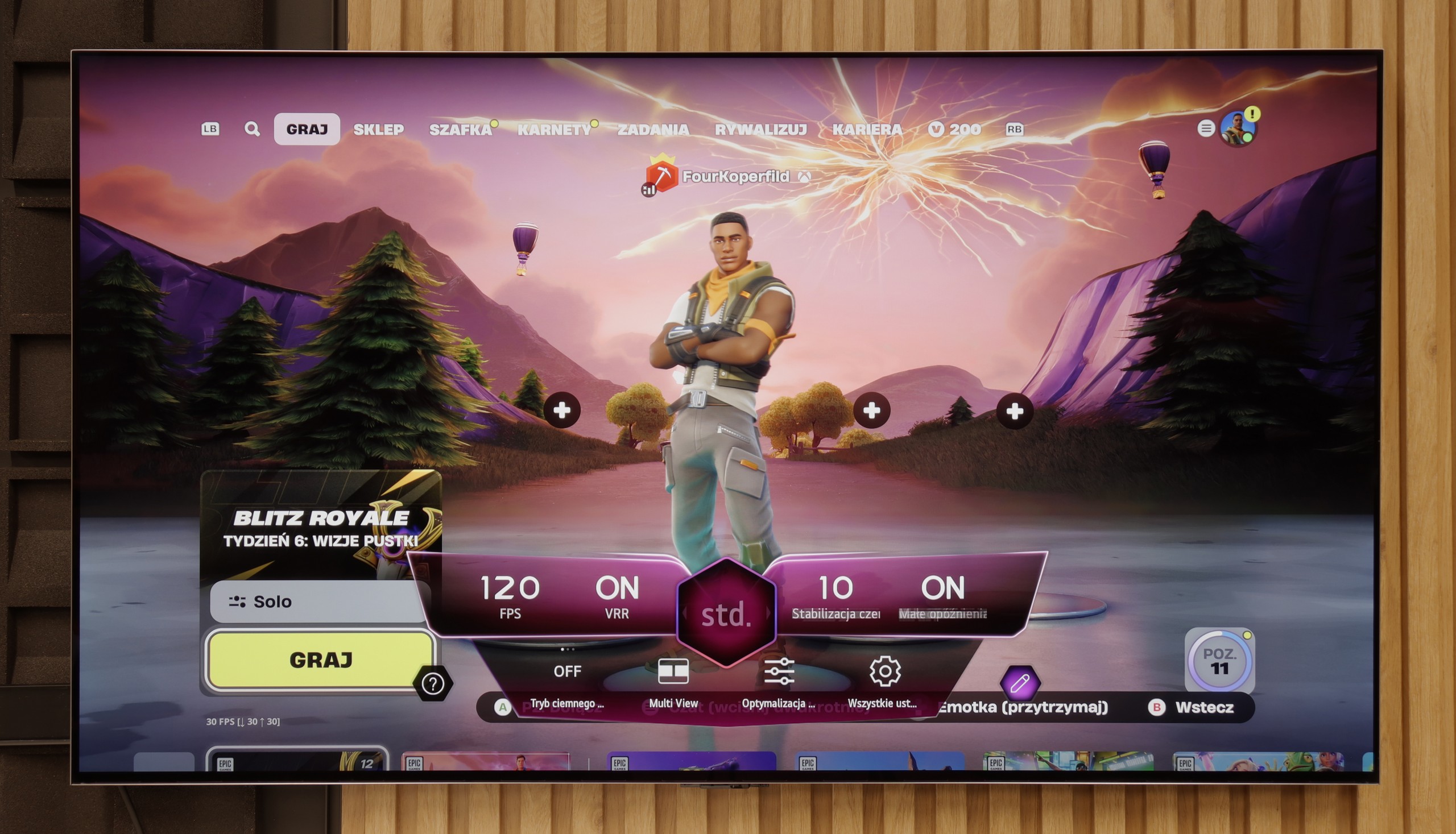

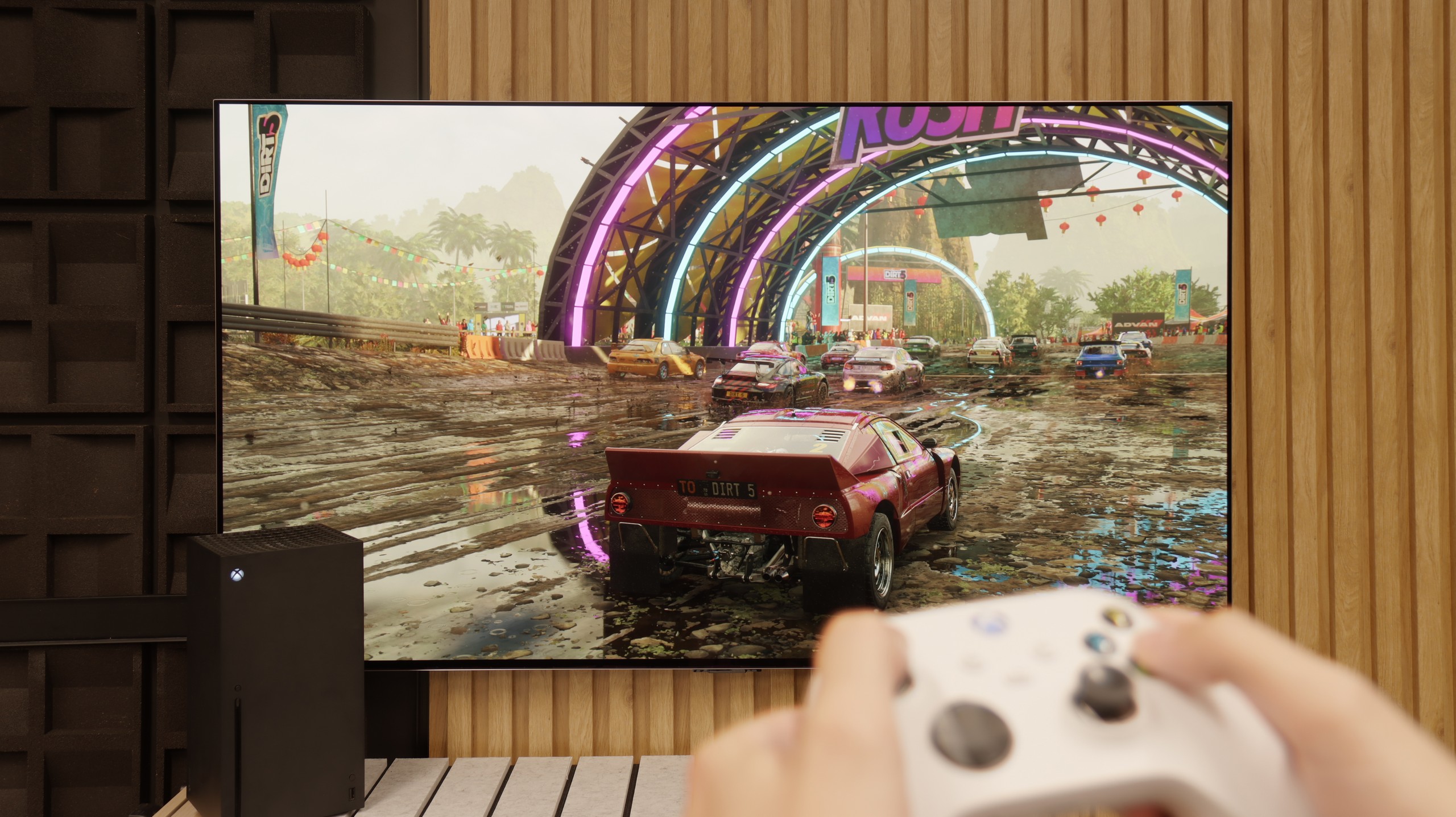
Sony Bravia 8 has significantly improved its compatibility with consoles compared to earlier models. The TV supports variable refresh rate (VRR), which eliminates screen tearing, and is compatible with graphics cards, ensuring smooth visuals. The auto low latency mode (ALLM) reduces input lag, which is crucial in fast-paced games. Dolby Vision with low latency additionally provides impressive HDR effects that look fantastic during gameplay.
The Sony XR80 TV also features a Game Bar, which allows quick access to settings and monitoring parameters while gaming. An interesting option is the ability to enable a virtual crosshair on the screen, which can provide a slight advantage in shooter games.
A downside is the lack of support for 1440p@120hz resolution, which could make gaming easier for users with less powerful graphics cards. Additionally, the Sony XR80 only has two HDMI 2.1 ports, one of which is typically used to connect an audio system via eARC, limiting the number of available ports for connecting next-gen consoles.
Features for gamers? Perfect. That should be enough for you to know what level we’re dealing with here. The G5 is a TV designed for gamers, so you'll find literally everything you might expect from a gaming screen. There's Game Bar, support for high resolutions with high refresh rates - that is, 4K at 120 Hz, and even more, as the panel has a refresh rate of 165 Hz (which PC gamers will benefit from). The TV supports variable refresh rate (VRR), automatic low latency mode (ALLM), and also properly handles HDR in games thanks to the HGiG feature. All of this adds up to one of the best gaming feature sets available on the market. Well done, LG.
Input lag
10/10
9.9/10
SDR
HDR
Dolby Vision
Low input lag in Sony Bravia 8 is definitely an advantage – results at 13 ms are outstanding and provide excellent responsiveness. The Dolby Vision mode is also noteworthy, as it performs brilliantly in this model. In many cases with other manufacturers, this mode looks much worse, but here you can enjoy its full potential, especially in games.
The input lag on the LG G5 is incredibly low. The response time to our actions – whether we're gaming with a controller, keyboard, or mouse – is nearly perfect. The controls are instantaneous, and the game reacts exactly when we expect it to. The Dolby Vision Gaming mode does introduce slightly higher latencies, but even then, it's hard to complain about anything – in the worst case, the values hover around 20 ms, which will still be virtually unnoticeable for most gamers.
Compatibility with PC
7.6/10
8.8/10

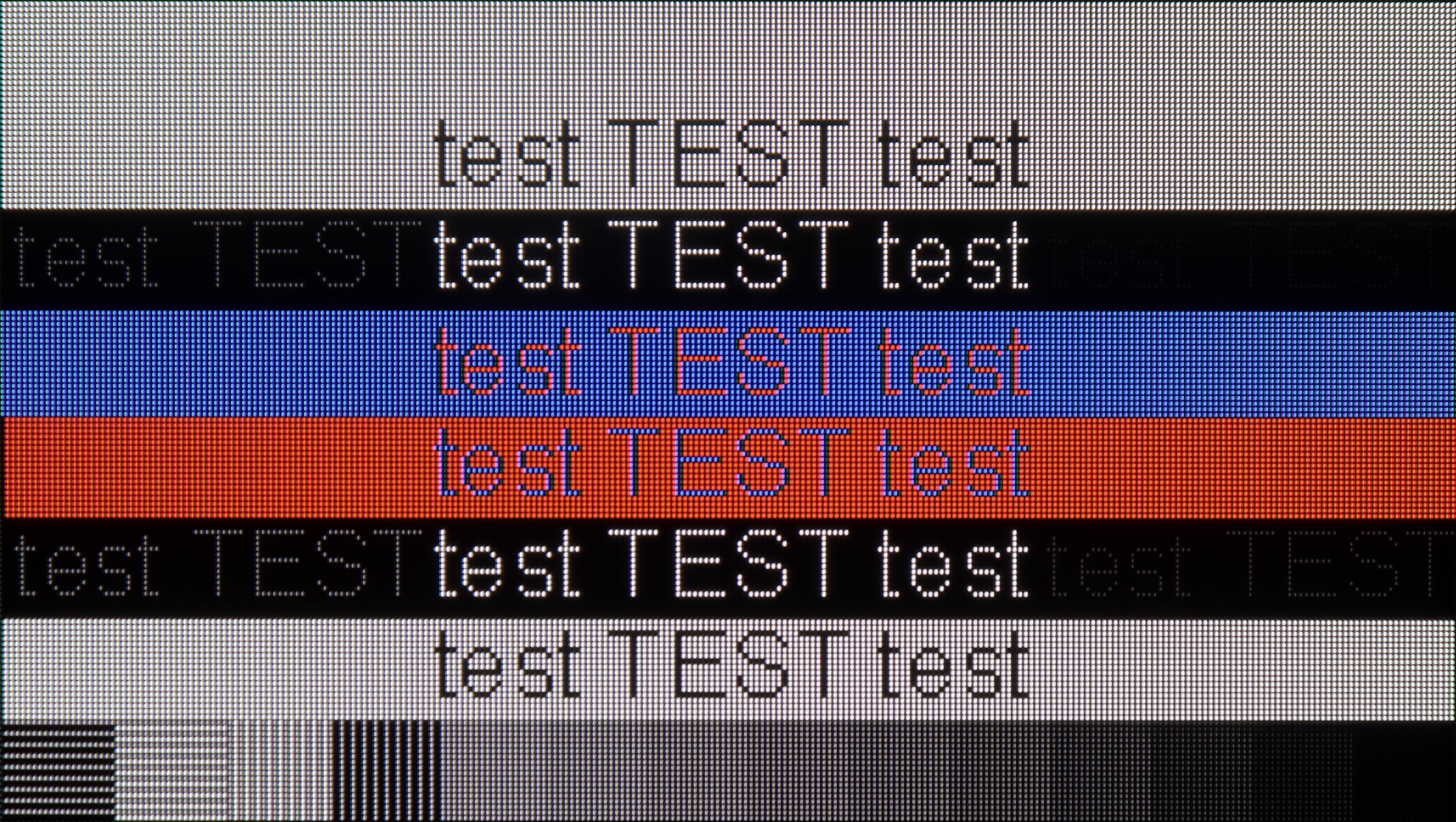
The cooperation of Sony Bravia 8 with computers is very good, just like with most TVs featuring a WOLED panel. The readability of fonts is at a high level, making work with documents or browsing websites comfortable. The low input lag of 5 ms is impressive and provides excellent responsiveness during gameplay. The only downside is that fonts displayed on a dark background are slightly muted.
Cooperation with a PC? Almost perfect. The television, as mentioned earlier, has great features for gamers – including those using a PC. Onboard, we find full G-Sync certification, a 165 Hz panel, and super-fast input lag at around 5 ms. Thanks to proper implementation of chroma 4:4:4, fonts are very readable – both the smallest and the largest. Although due to the WRGB subpixel layout, there may be slight shadows around the characters, for most users this effect will be practically unnoticeable. The G5 performs excellently as a screen for work, entertainment, and gaming – also from a computer.
Viewing angles
7.3/10
7.5/10
The viewing angles on the Sony Bravia 8 are very good, as one would expect from a TV with an OLED panel. This means that the image retains its colours and contrast even when viewed from a large angle. The only televisions that will be better in this category are models equipped with MLA (Meta-Lens Array) technology and QD-OLED, offering even wider viewing angles and better image quality at extreme angles.
The viewing angles on the LG G5 are very good, primarily due to the use of a WOLED panel. It's hard to find fault here – the picture doesn't significantly lose brightness or quality even when viewed from the side. However, it must be noted honestly that there has been some regression compared to the G4 model. The predecessor used an MLA panel with micro-lenses, which offered slightly better light distribution. Also, compared to QD-OLED panels, the angles are worse. Nevertheless, the overall viewing experience at an angle remains very good and shouldn't be an issue for everyday use.
TV efficiency during daytime
5.6/10
8/10

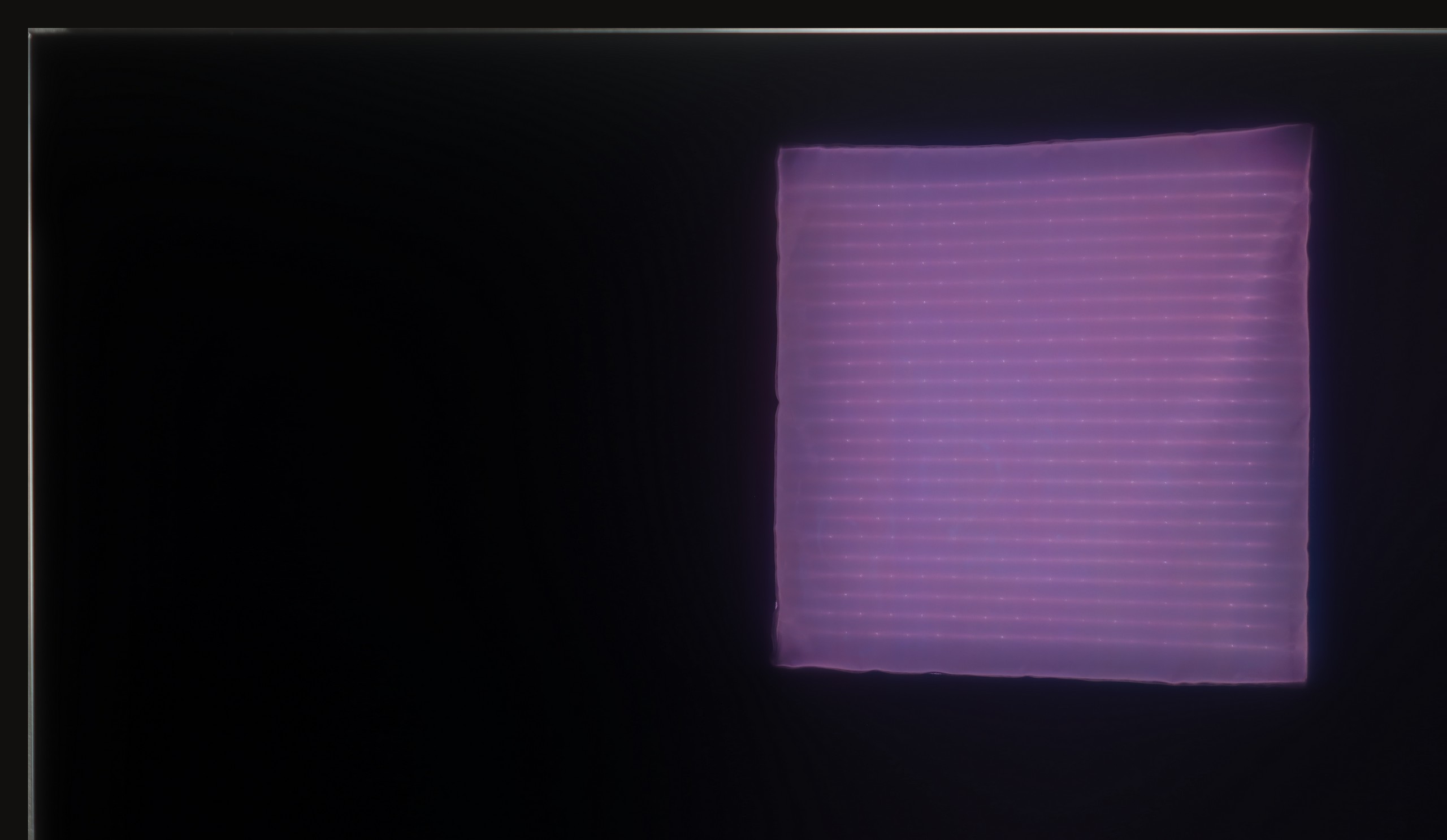


Matrix brightness
Average luminance SDR
LG OLED G5: 810 cd/m2
Sony Bravia 8 (XR80): 335 cd/m2
The glossy screen on the Sony Bravia 8 does a great job of reducing reflections, which take on a slight navy hue. Unfortunately, the brightness level of 330 nits isn't particularly impressive, making this TV better suited for evening viewing. During the day, to ensure optimal picture quality, it's a good idea to help out by closing the curtains, which will limit the impact of external light.
LG G5, with its very high brightness, performs excellently in bright rooms. Even with SDR content, the average brightness is around 800 nits, significantly more than standard televisions. It will handle a bright living room with ease. Although the panel moderately reduces reflections, it still maintains much better blacks and colours during the day than QD-OLED panels or those with a matte finish. The G5 will work effortlessly in very sunny rooms – unless you really can’t stand reflections on the screen. In that case, you’ll need to use blinds or consider purchasing a television with a matte panel.
Details about the matrix
Subpixel Structure:

Panel uniformity and thermal imaging:

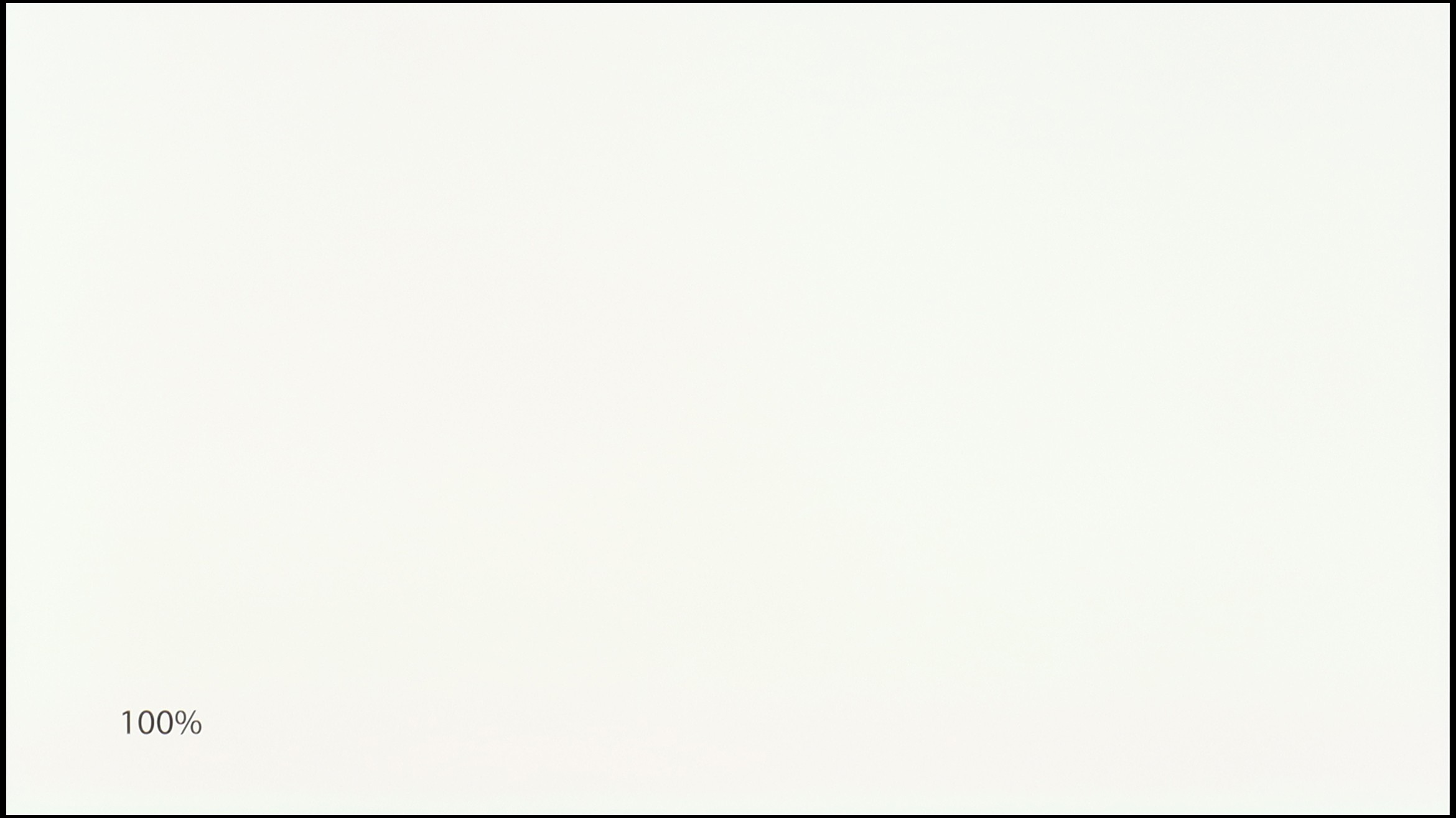
TV features
9.4/10
8.5/10
- HDMI inputs2 x HDMI 2.0, 2 x HDMI 2.1 48Gbps0 x HDMI 2.0, 4 x HDMI 2.1 48Gbps
- Other inputsIR (remote)
- OutputsToslink (Optical audio), eARC (HDMI), ARC (HDMI)Toslink (Optical audio), eARC (HDMI), ARC (HDMI)
- Network InterfacesWi-Fi 2.4GHz, Wi-Fi 5GHz, Ethernet (LAN) 100MbpsWi-Fi 2.4GHz, Wi-Fi 5GHz, Ethernet (LAN) 100Mbps
- TV receptionDVB-T, DVB-T2, DVB-S, DVB-S2, DVB-CDVB-T, DVB-T2, DVB-S, DVB-S2, DVB-C
Classic features:
- Recording to USB (terrestrial TV)
- Recording programming
- Picture in Picture (PiP)
- RF remote control (no need to aim at the screen)
- Backlit remote control
- Teletext
- Audio only mode
- Bluetooth headphones support
- Simultaneous Bluetooth headphones & TV audio
Smart features:
- AirPlay
- Screen mirroring (Windows Miracast)
- Voice search
- Voice search in native language
- Ability to connect a keyboard and mouse


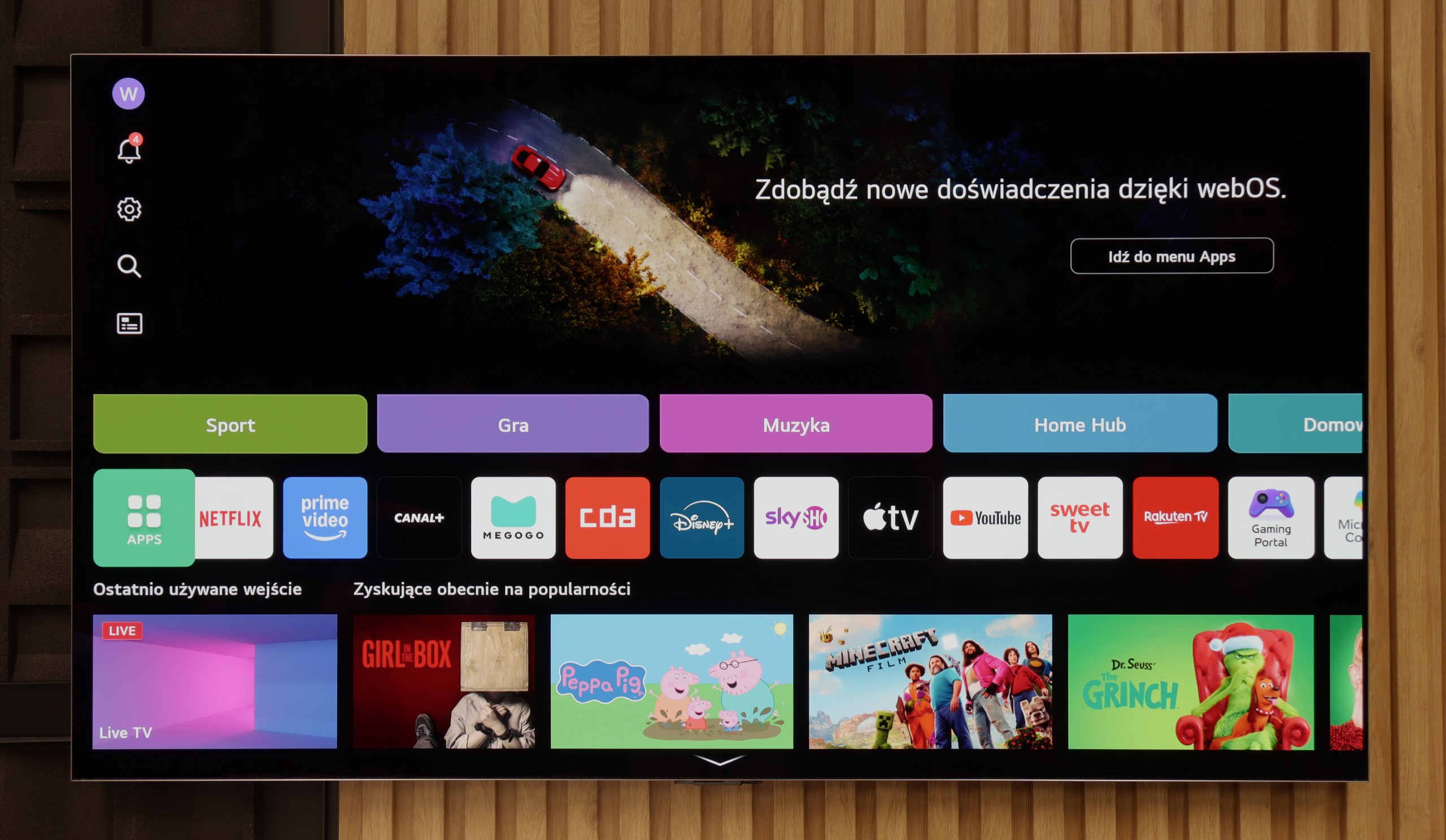
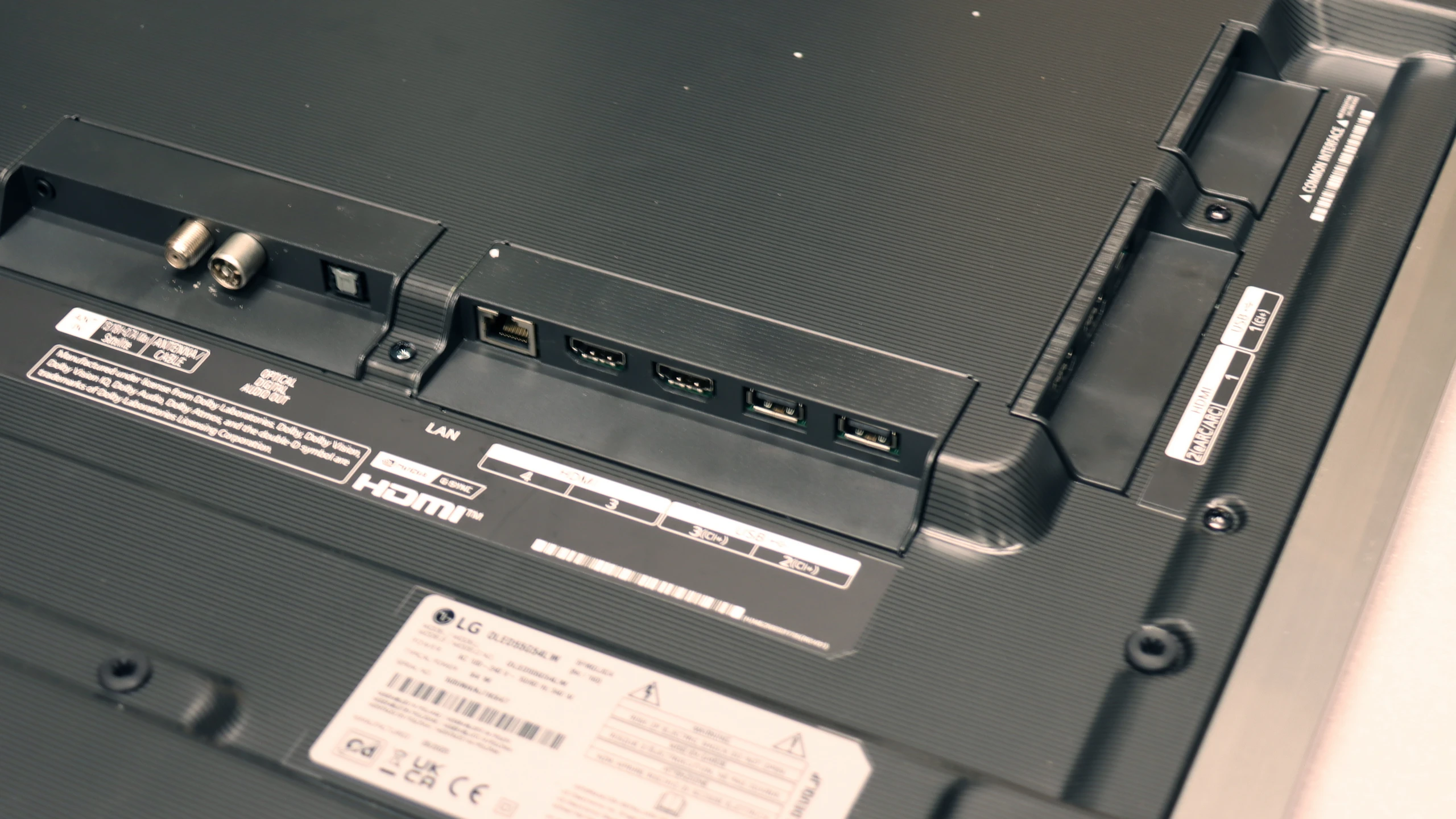
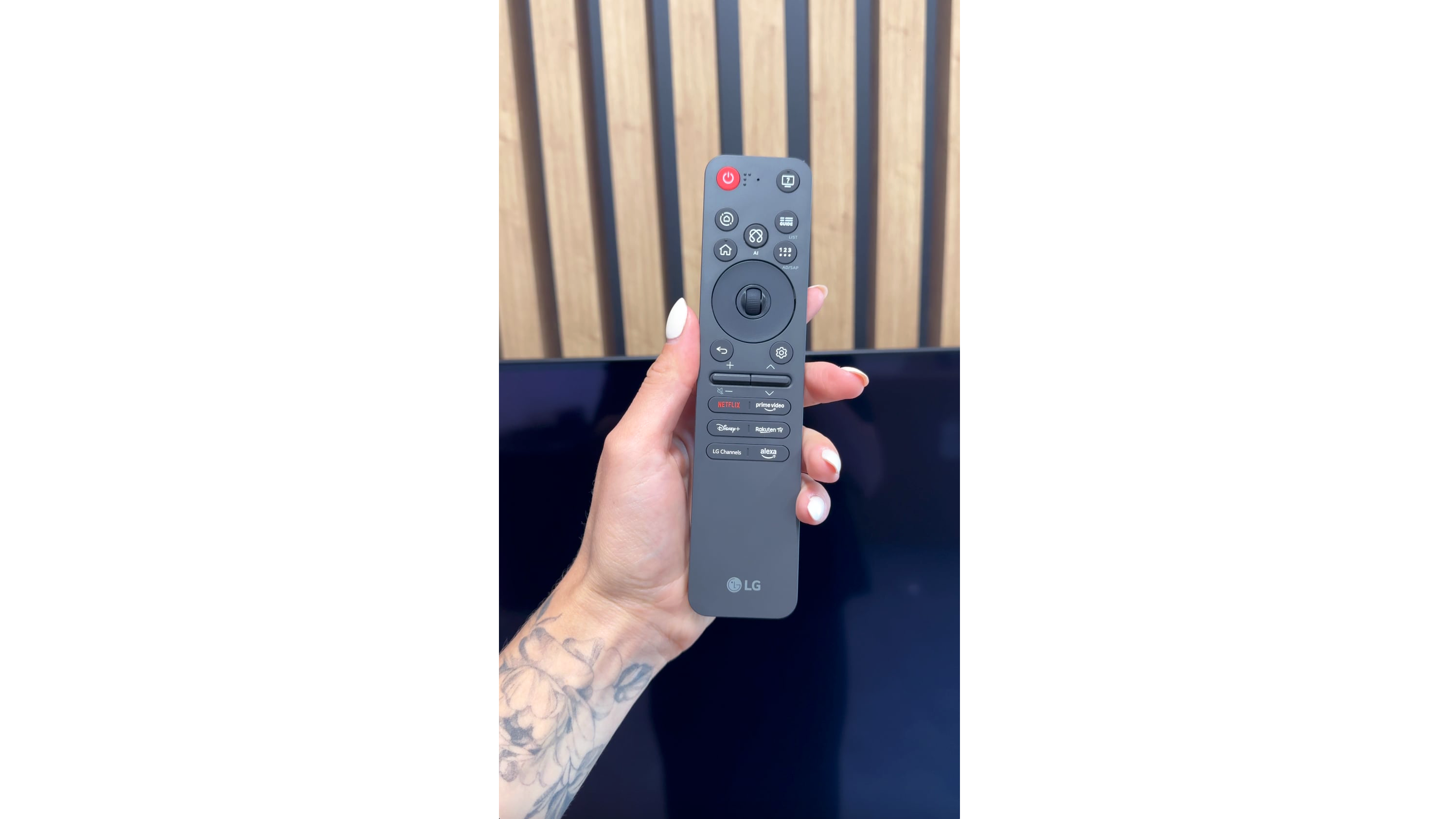
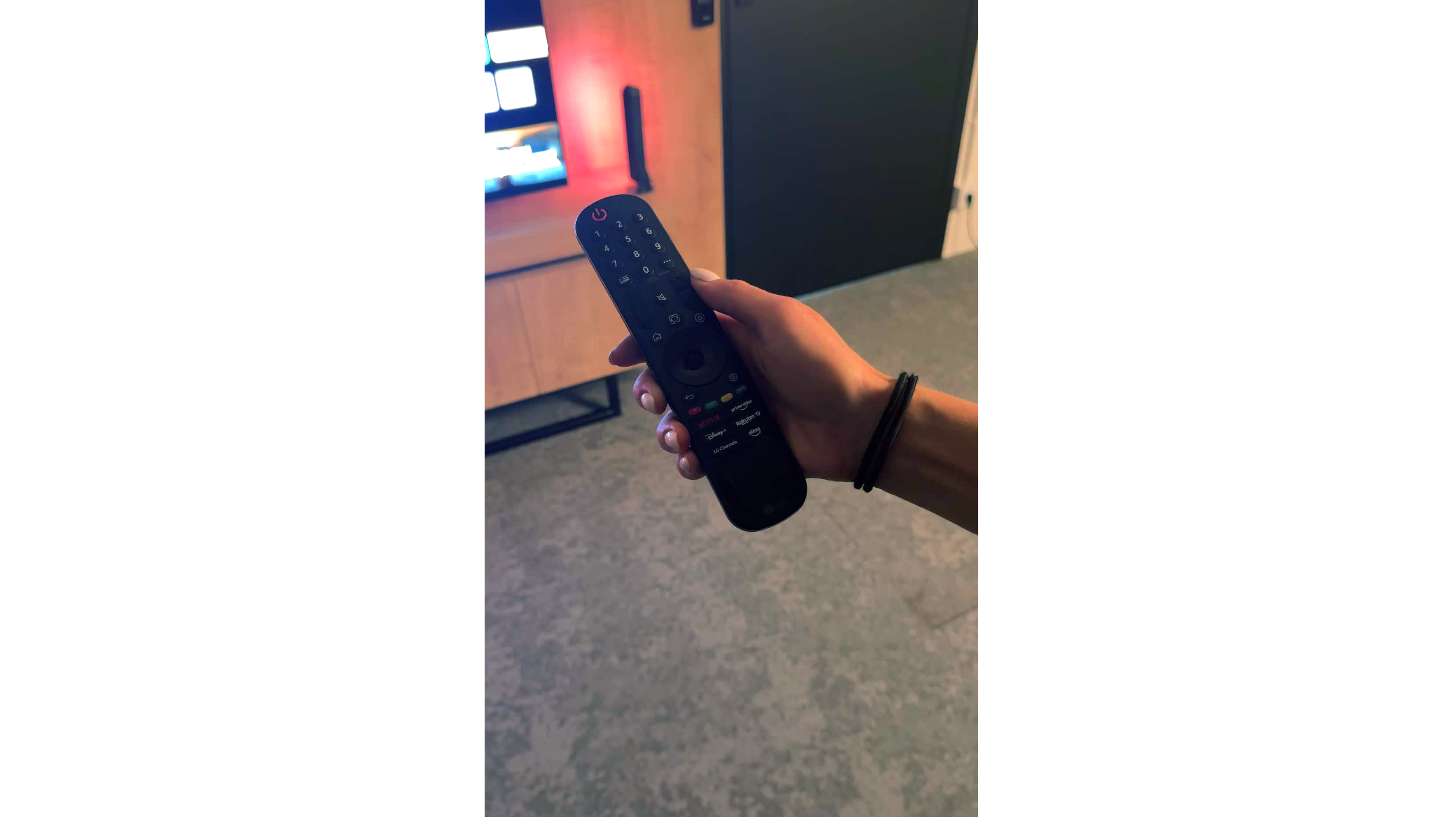
Sony Bravia 8 runs on the Google TV system, which provides a very intuitive and quick experience when using the television, as well as nearly endless app options. Google Assistant operates in Polish, allowing for even better integration with the device. The interface is well-designed, and access to apps and features is simple and convenient. It's also worth mentioning the remote – similar to solutions from Korean competitors, the remote can be charged via a USB-C port. Moreover, it is backlit, which makes it much easier to use in the dark.
The device offers a wide range of capabilities that will satisfy most users. The Sony XR80 television allows for programme recording, as well as easy connection to external peripheral devices via Bluetooth. Unfortunately, it lacks the Picture-in-Picture (PiP) feature, which would allow for simultaneous viewing of two image sources, something that could be useful in certain situations.
The television looks very good. It has a solid metal frame that gives it an elegant appearance. The television stands on two adjustable feet, which can be customised for both width and height. This allows for easy placement of a soundbar beneath the screen. Although the Sony Bravia 8 is not the thinnest OLED television on the market, it presents itself quite well thanks to its careful finish and quality materials.
Classic Features
LG G5 has a lot to offer when it comes to classic television features. Apart from the lack of the ability to watch two sources (PIP), the TV performs excellently for everyday use. There are no issues with connecting external Bluetooth devices like headphones, and the EPG interface is very clear and understandable – even for those who are not particularly tech-savvy.
Smart TV Features
The Smart TV in the G5 operates on the WebOS system – it is the heart and brain of the entire television. With the Magic remote, using the G5 is truly enjoyable. We control the cursor on the screen with wrist movements, which resembles using a mouse in the air. The system itself is very sophisticated and offers everything one could expect: AirPlay, screen mirroring, voice search, and voice commands – all of which work smoothly and without delays. There’s no doubt it’s one of the best operating systems in TVs on the market.
Note:
During our tests, we had almost nothing to complain about – maybe aside from one exception: the confusion surrounding the remote. Depending on the market and the specific version of the model, you may encounter the new, minimalist Magic remote (without a numeric keypad), or the older version with a full set of buttons. We tested the G54LW model, which had the new Magic remote, but it’s hard to say how the situation looks in other variants. It may be a similar situation to the LG C5 series, where the remote attachment also depends on the specific market.
Playing files from USB
8.7/10
9/10
Supported photo formats:
Maximum photo resolution:

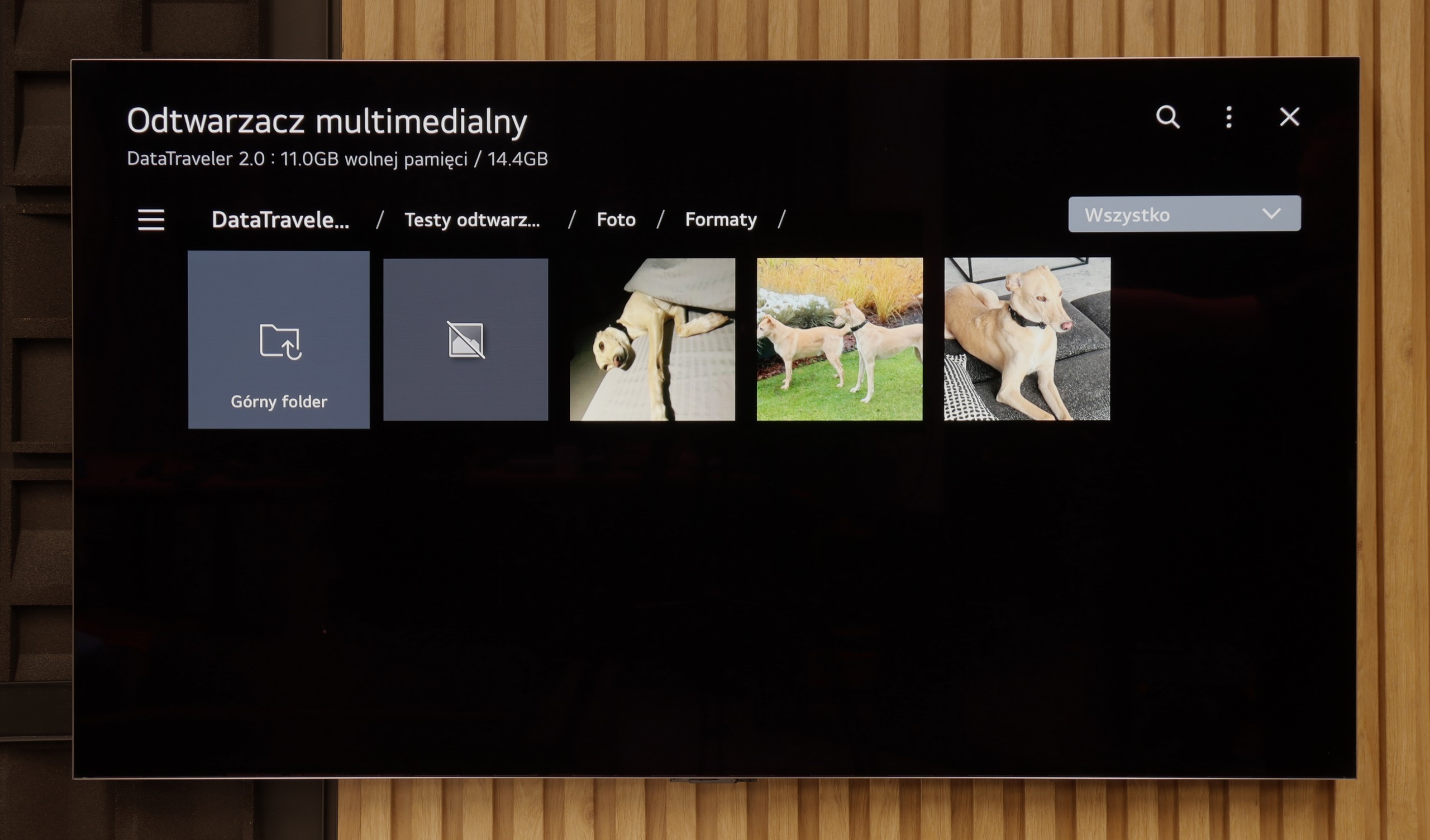
Sony Bravia 8 will satisfy most users when it comes to playing multimedia files. The built-in player handles most popular video and audio formats, allowing for easy access to a wide range of content. While there are some shortcomings in photo playback, the Google TV system allows for the installation of other players that will likely solve this issue.
The built-in media player in the LG G5 is really quite good. It supports virtually everything you can expect from a modern television – most popular formats work without any issues, and the app's performance is fast. Our only disappointment was the lack of support for very high-bitrate HEVC files at 85 Mbit/s – similar to the C5 and B5 models. Interestingly, the same file played flawlessly on last year's LG OLEDs, so it's hard to say what has caused this change. Nevertheless, in everyday use, the G5 will handle the vast majority of materials, and there will be no need to connect any external devices for media playback.
Apps
9.6/10
9.1/10














































Sound
7.5/10
8.7/10
- Maximum volume--
- Dolby Digital Plus 7.1
- Dolby True HD 7.1
- Dolby Atmos in Dolby Digital Plus (JOC)
- Dolby Atmos in Dolby True HD
- DTS:X in DTS-HD MA
- DTS-HD Master Audio
Bravia 8 is equipped with a sound system with a power of 50W in a 2.2.1 configuration. The speakers are mounted behind the screen, and this system is called Acoustic Surface Audio. The sound is pleasant and well-balanced, making it a perfect complement to the picture. When it comes to audio format support, Sony Bravia 8 has plenty to boast about – in our tests, it played all popular codecs without any issues, providing a full and rich audio experience.
The sound on the LG G5, considering its slim design, is truly phenomenal. When listening to music, you can sense a light, pleasant bass, and in films, the dialogue is clear and easy to hear – it doesn’t get lost even in dynamic scenes. Unfortunately, a bit of a disappointment is the lack of support for the DTS format, which LG used in its older models. It's a shame, as many home theatre enthusiasts might see this as a step backwards.


